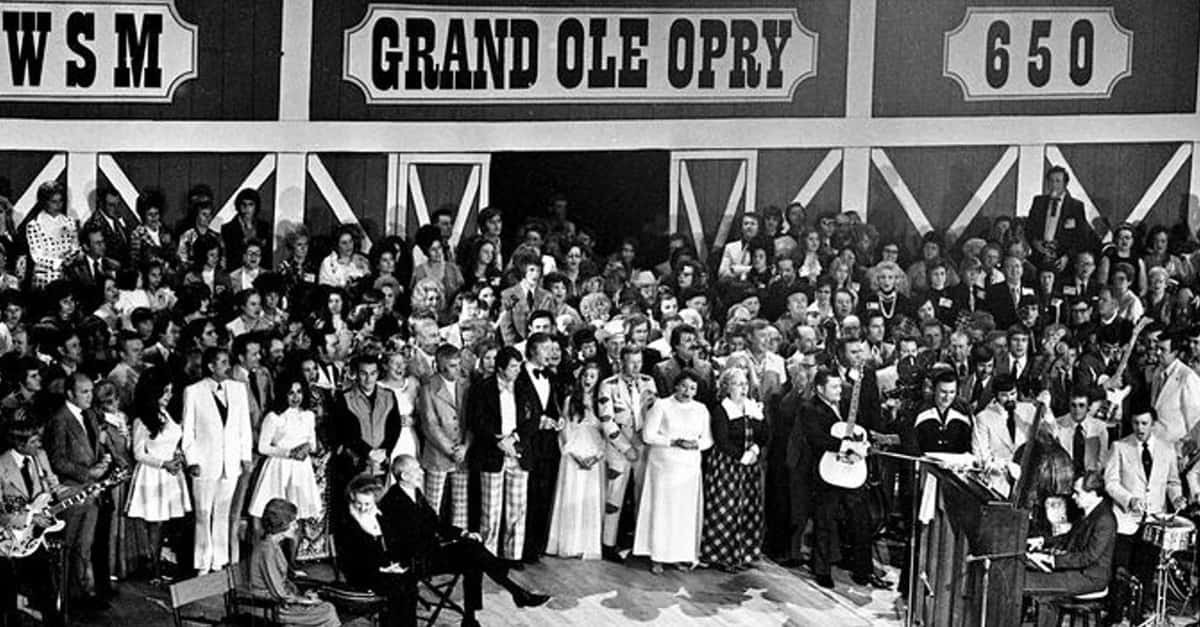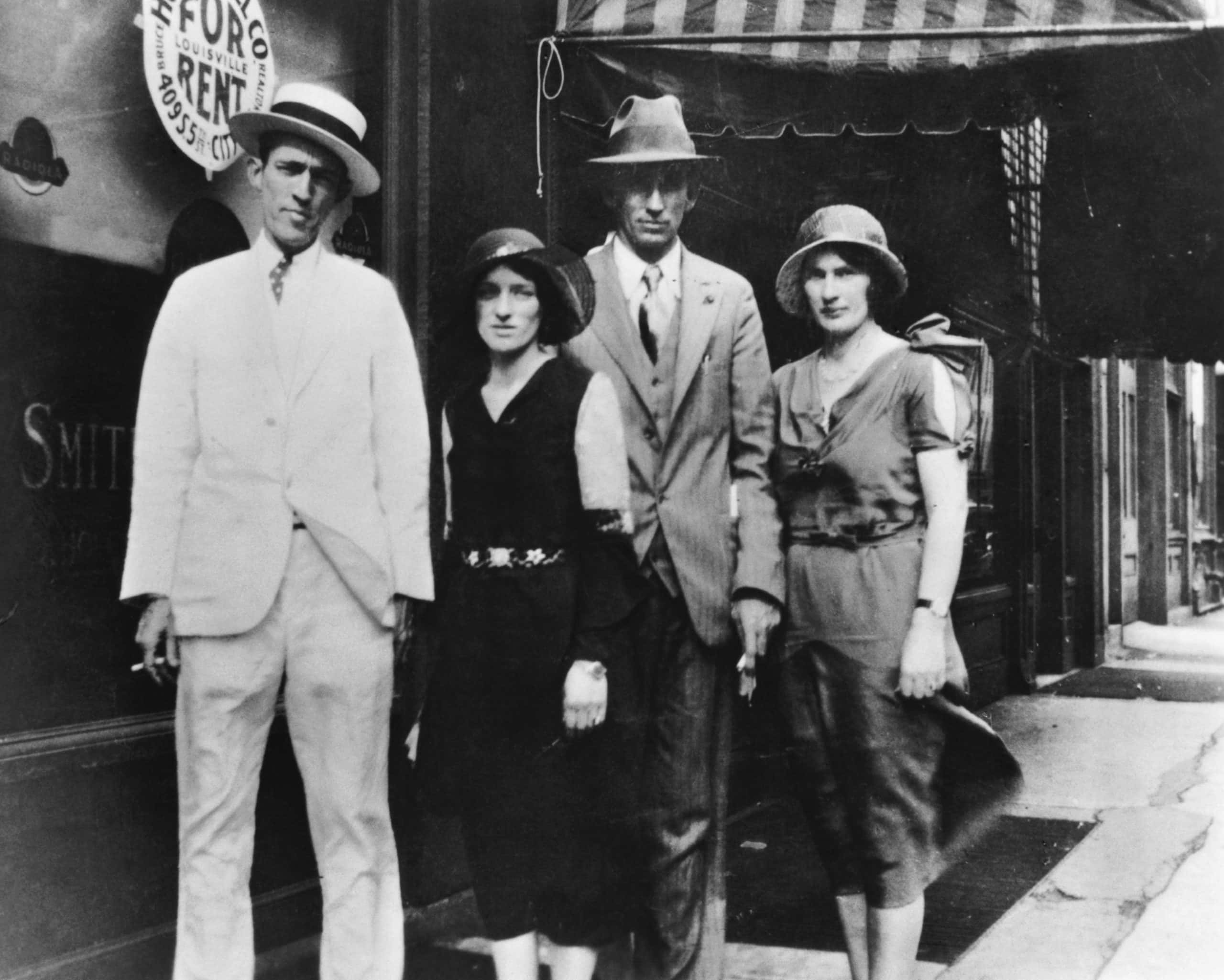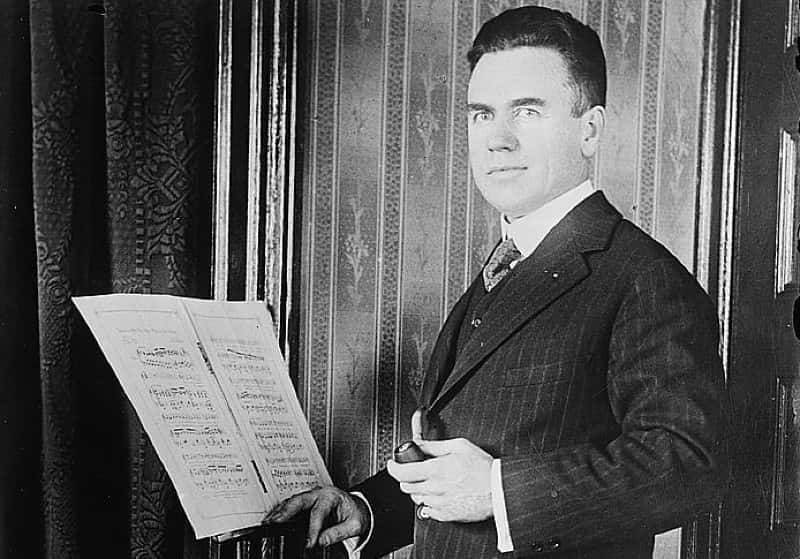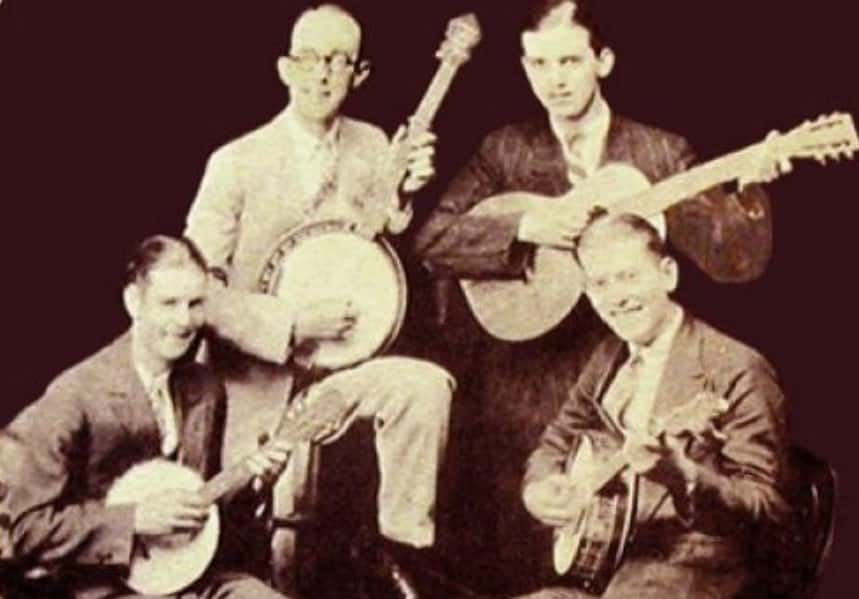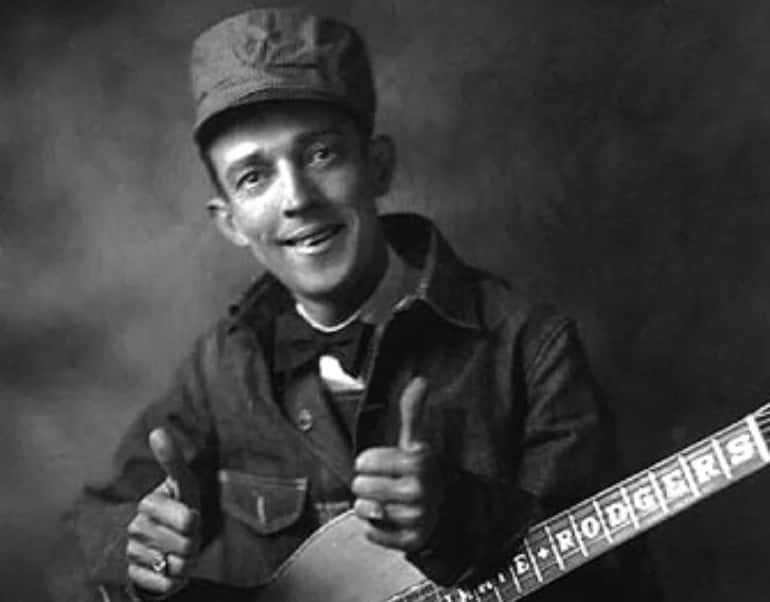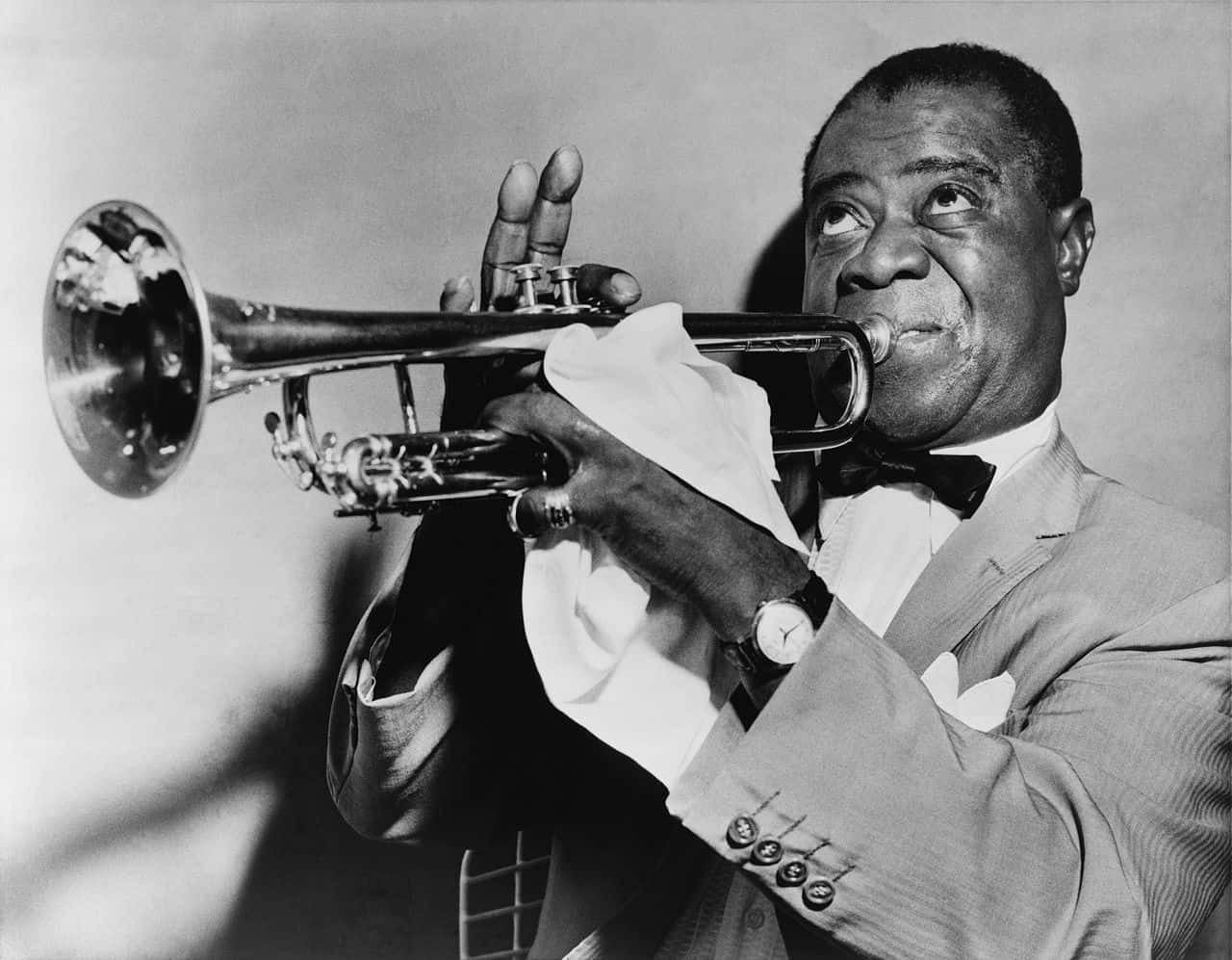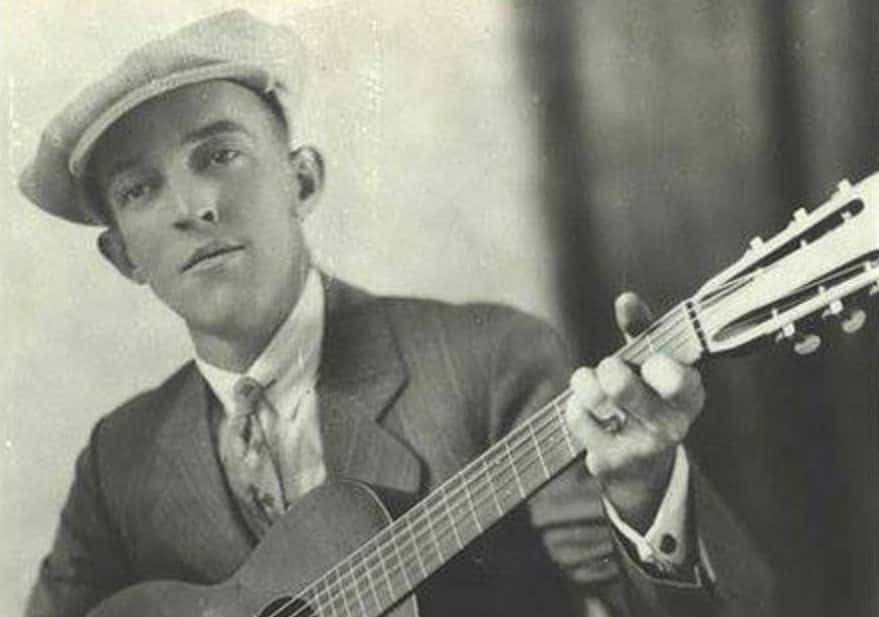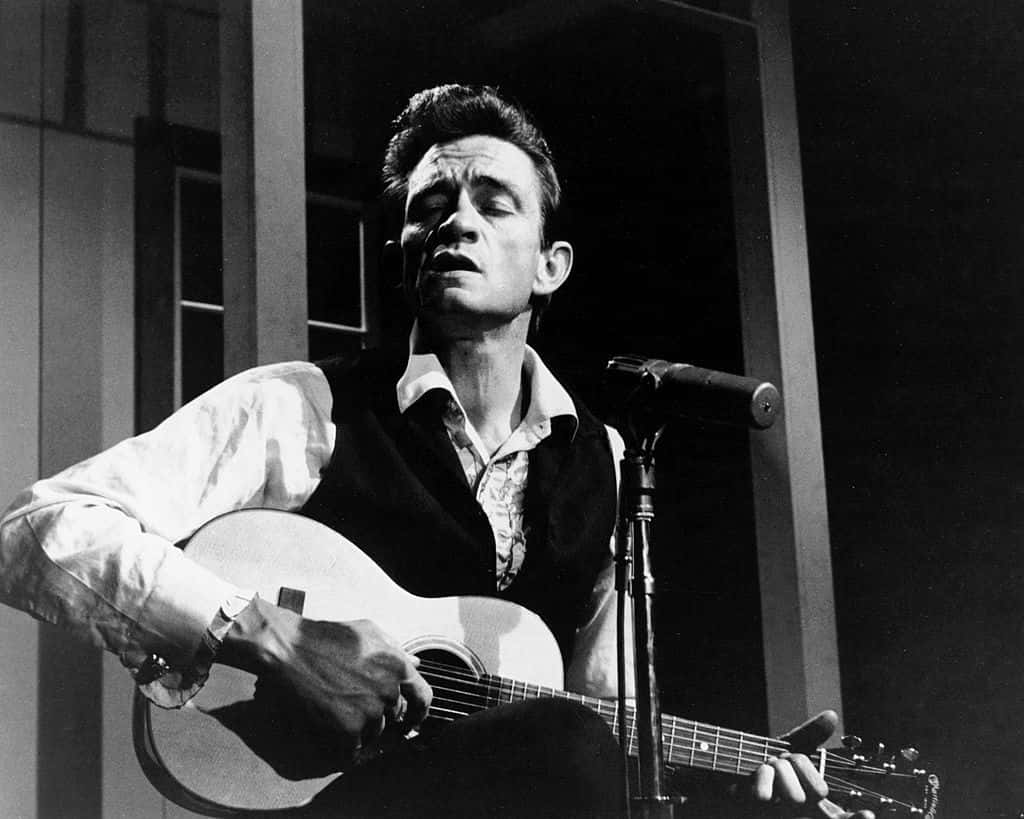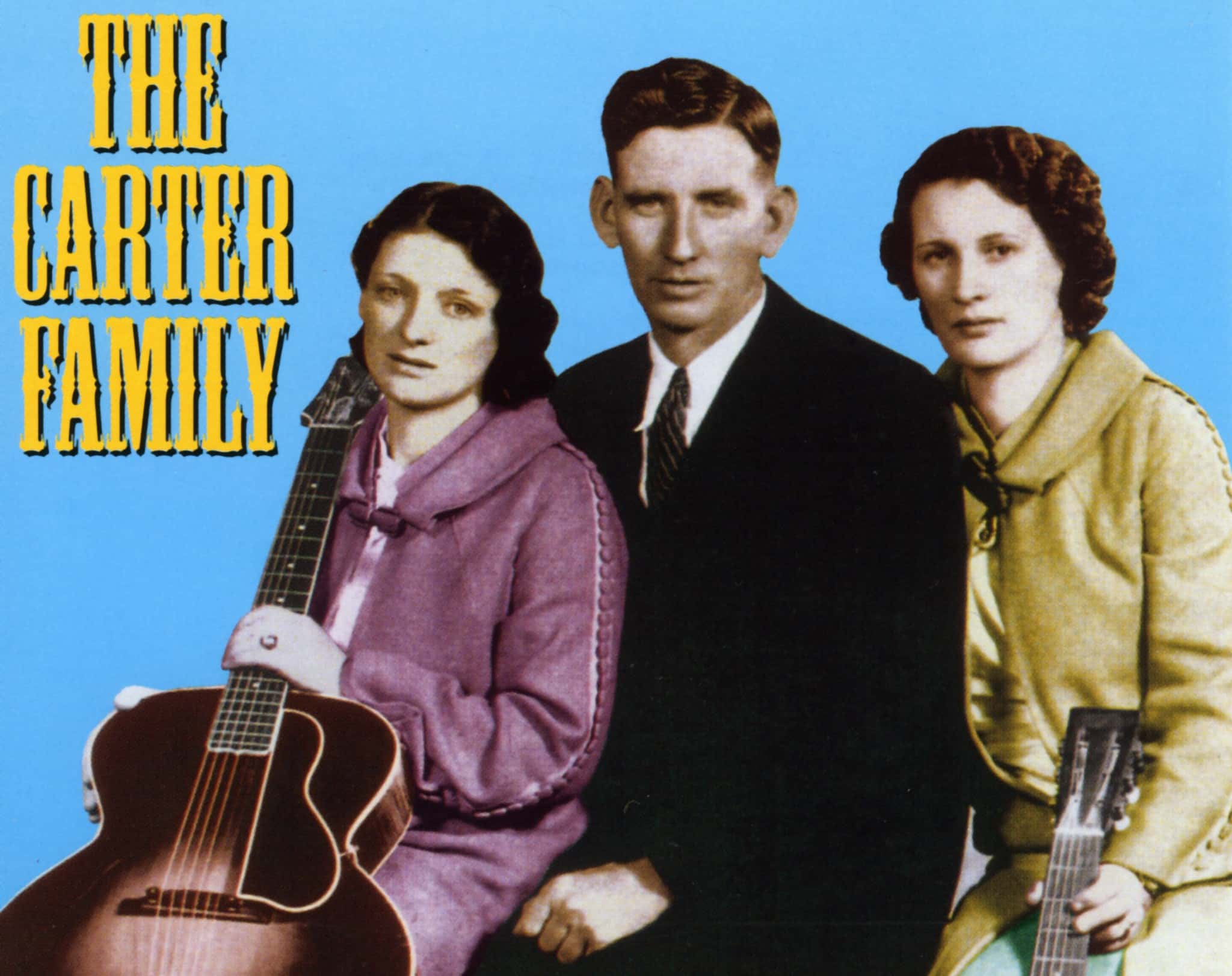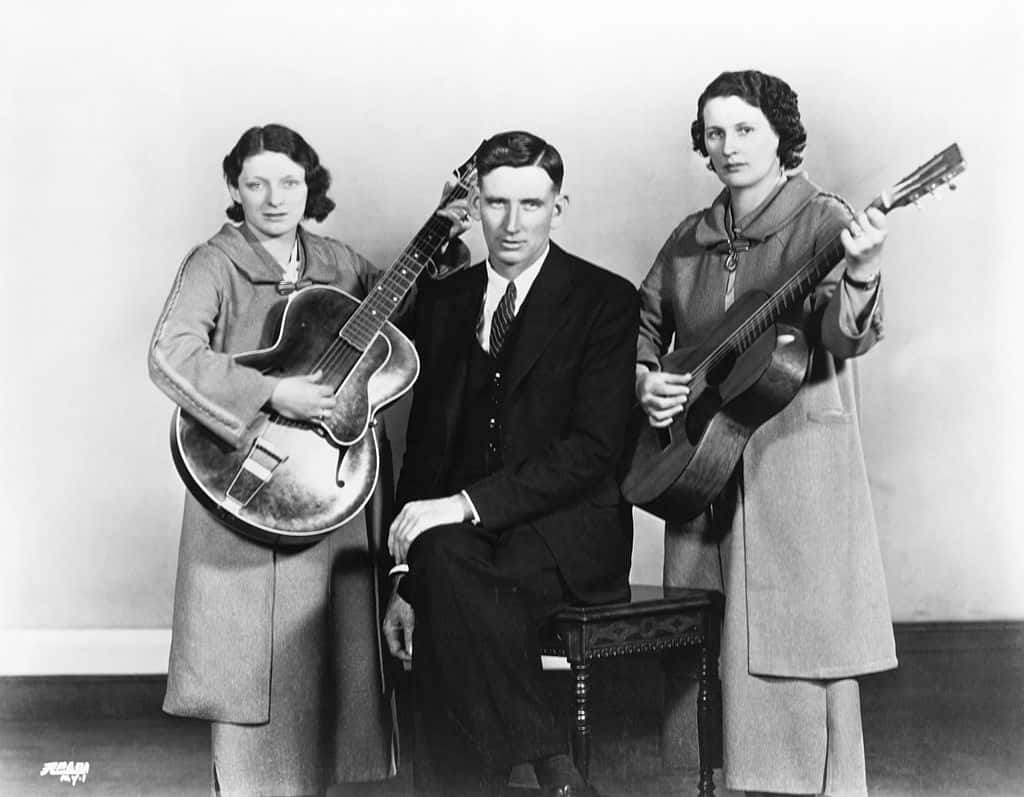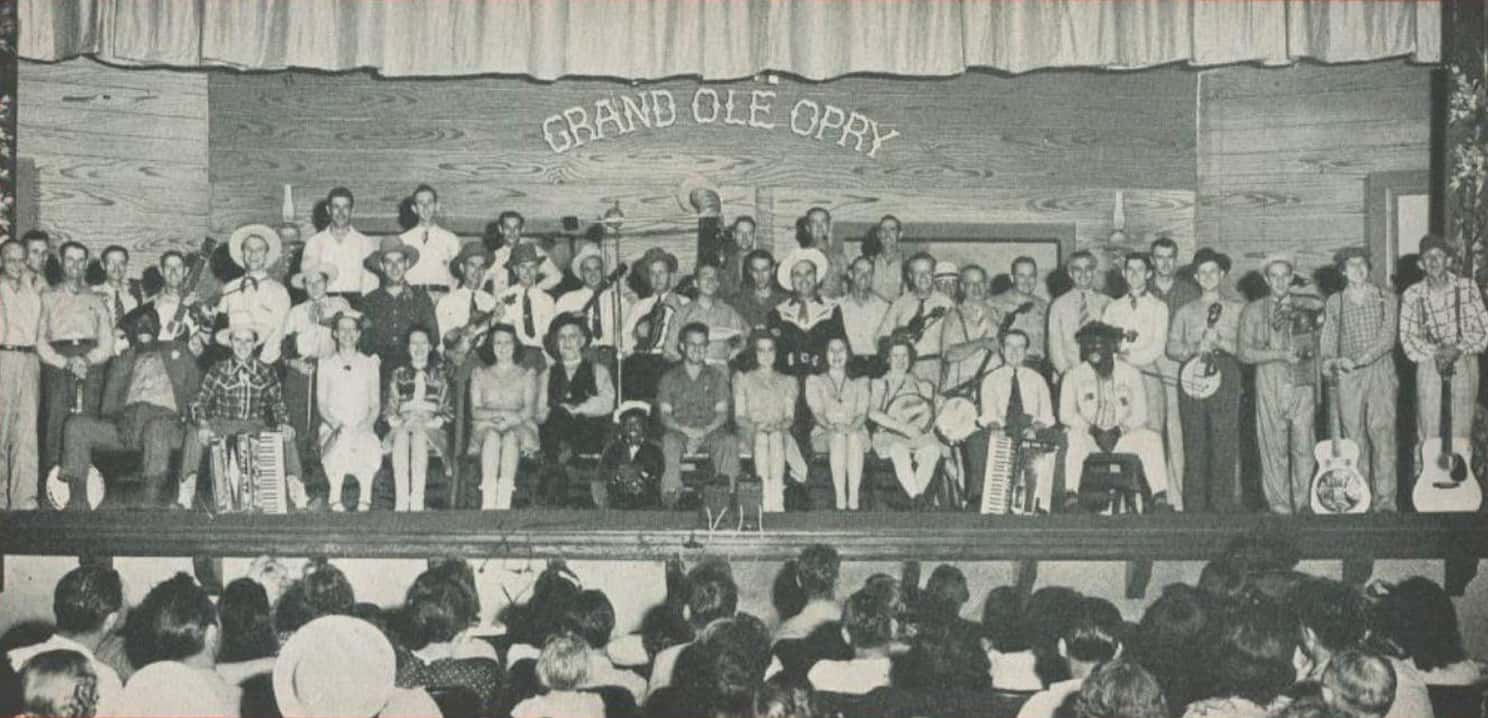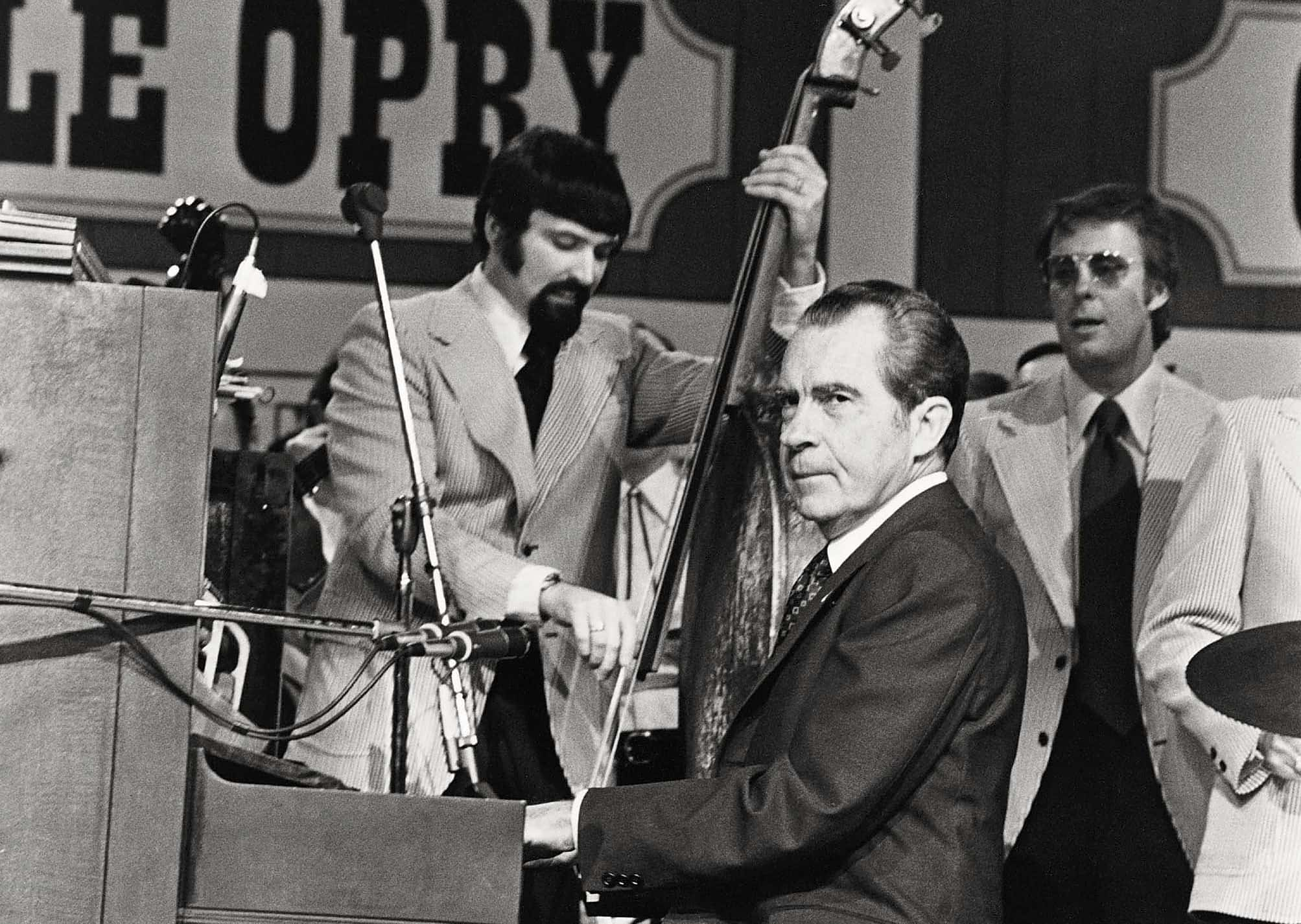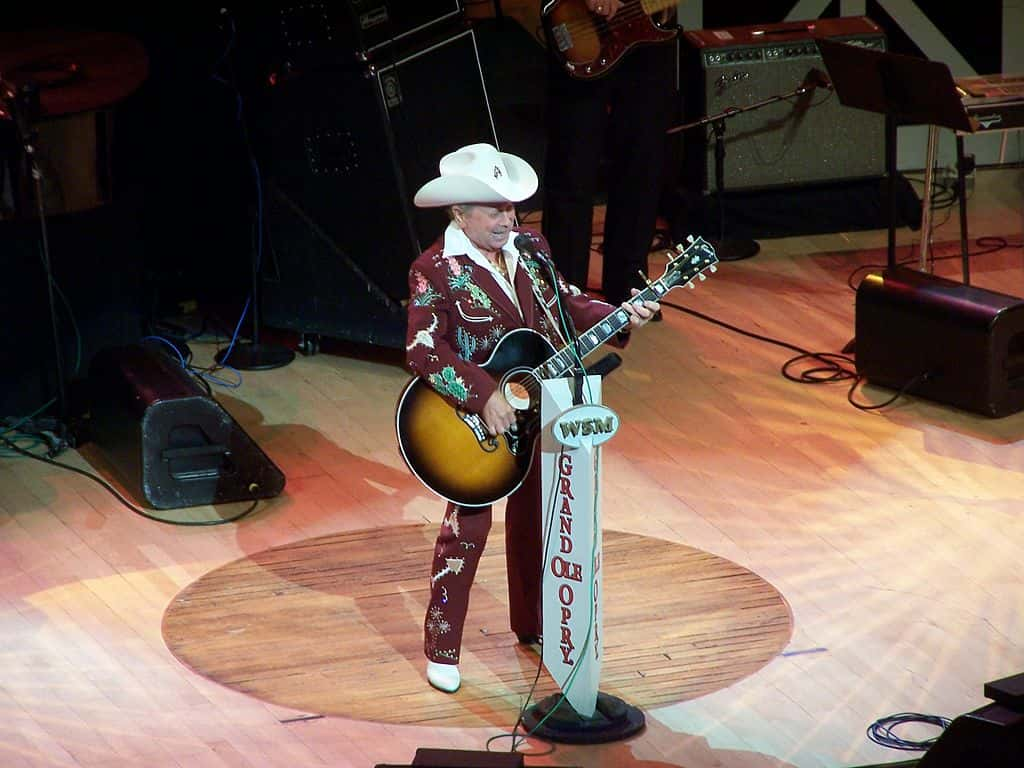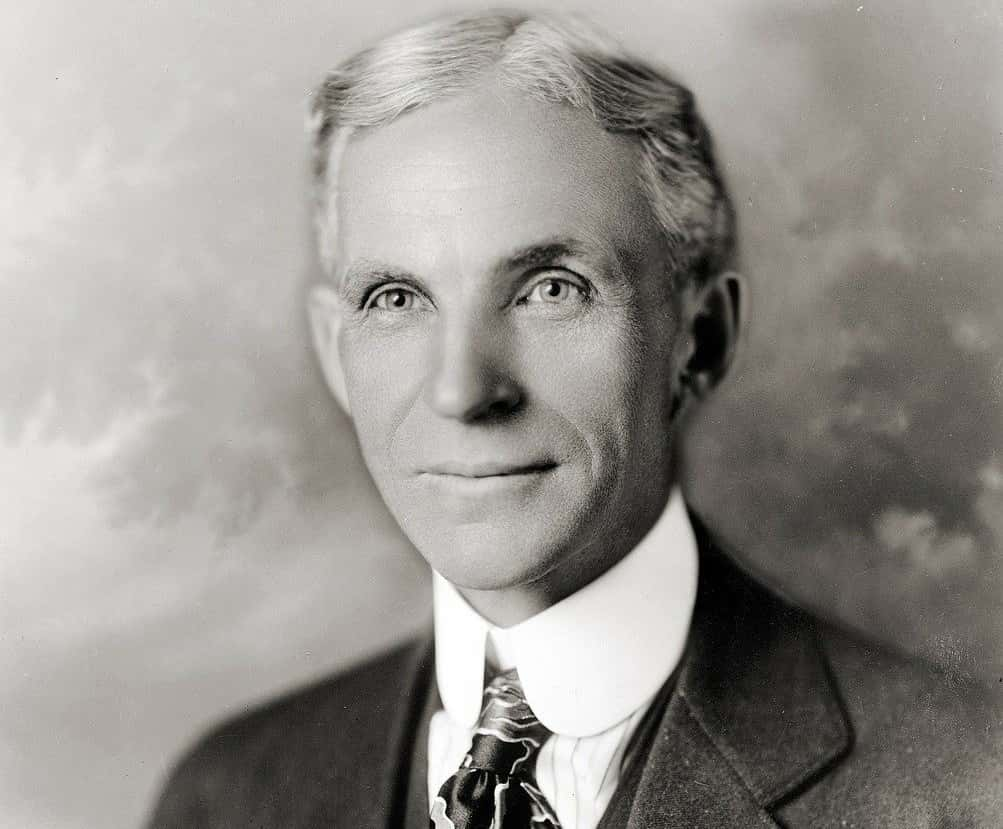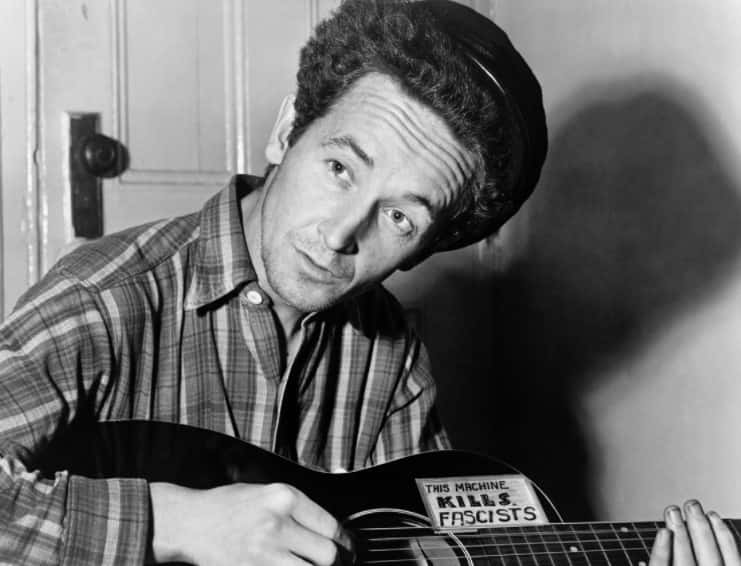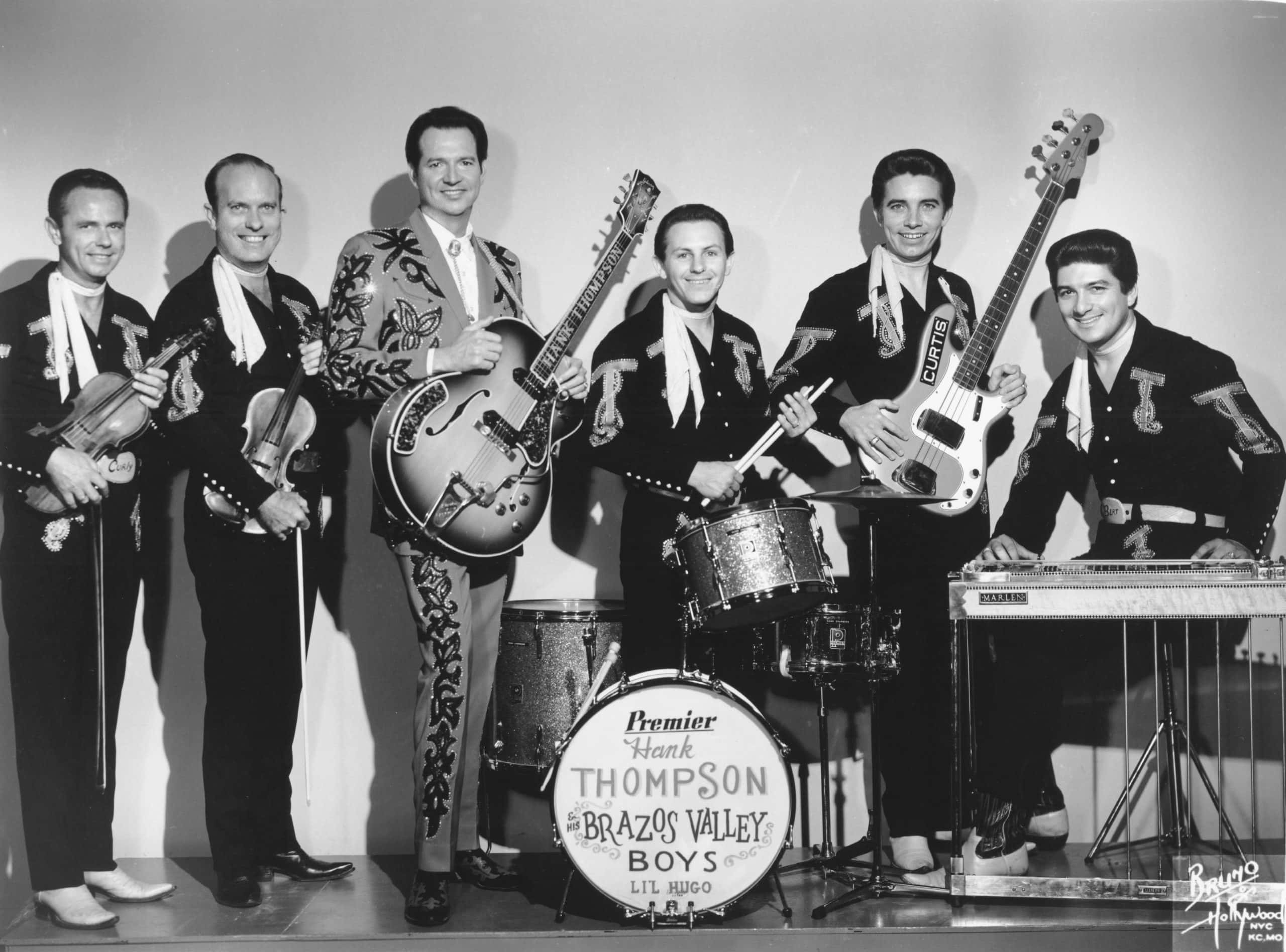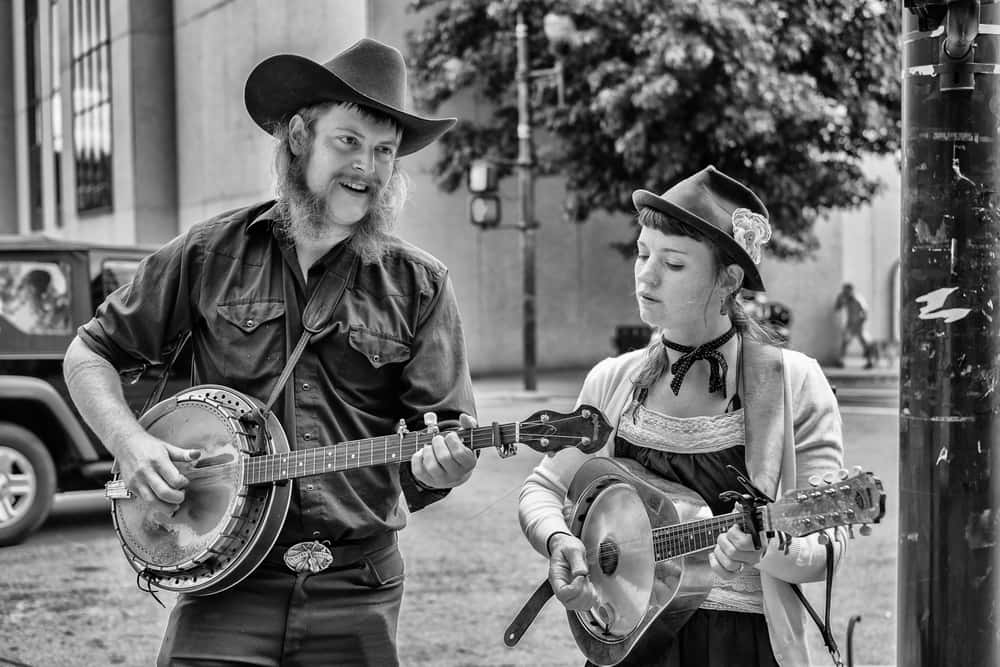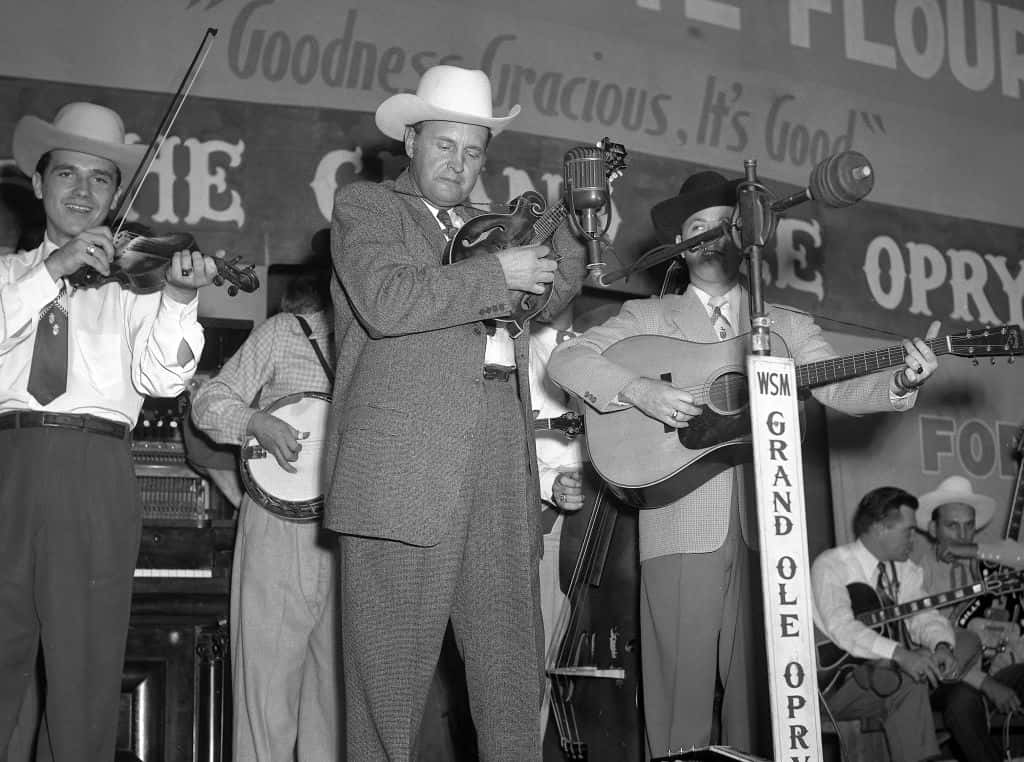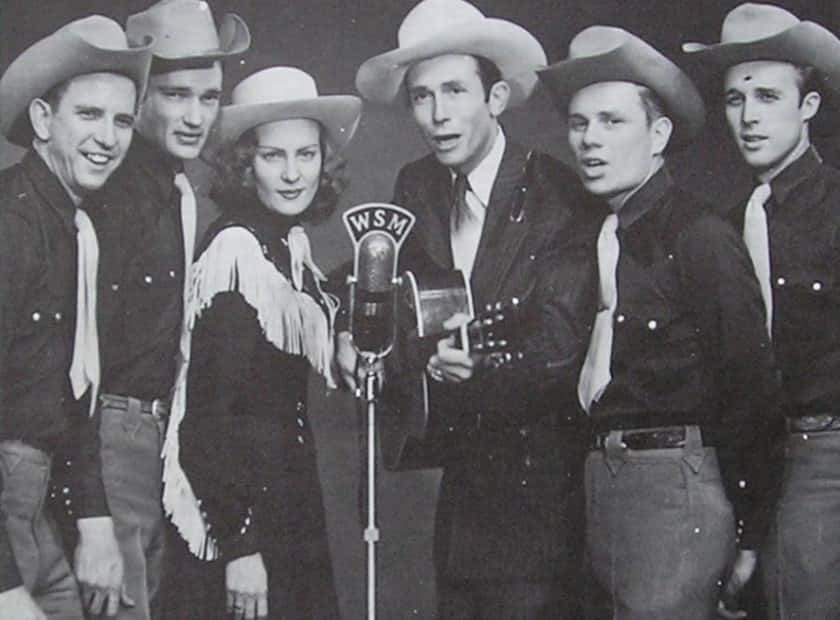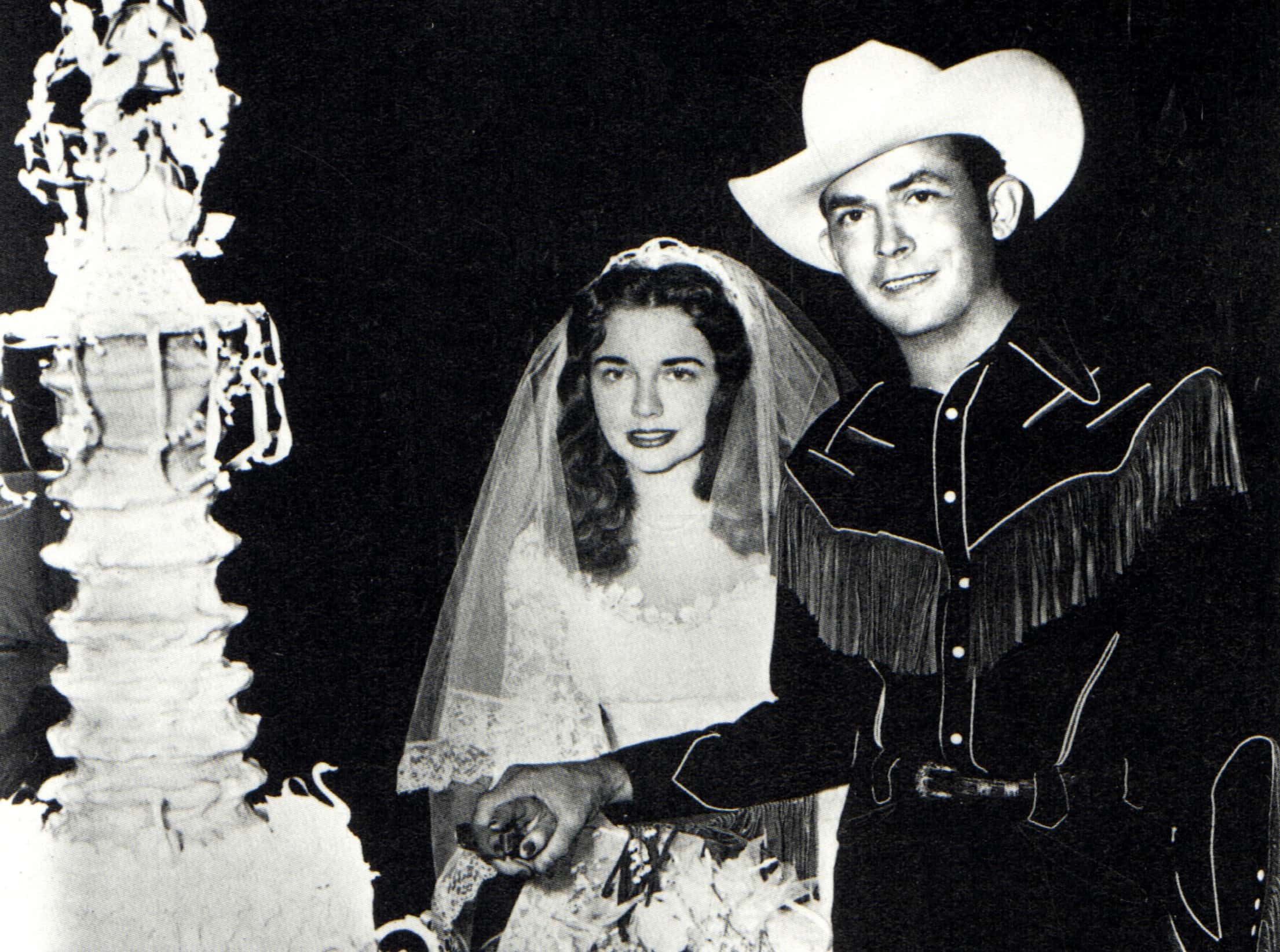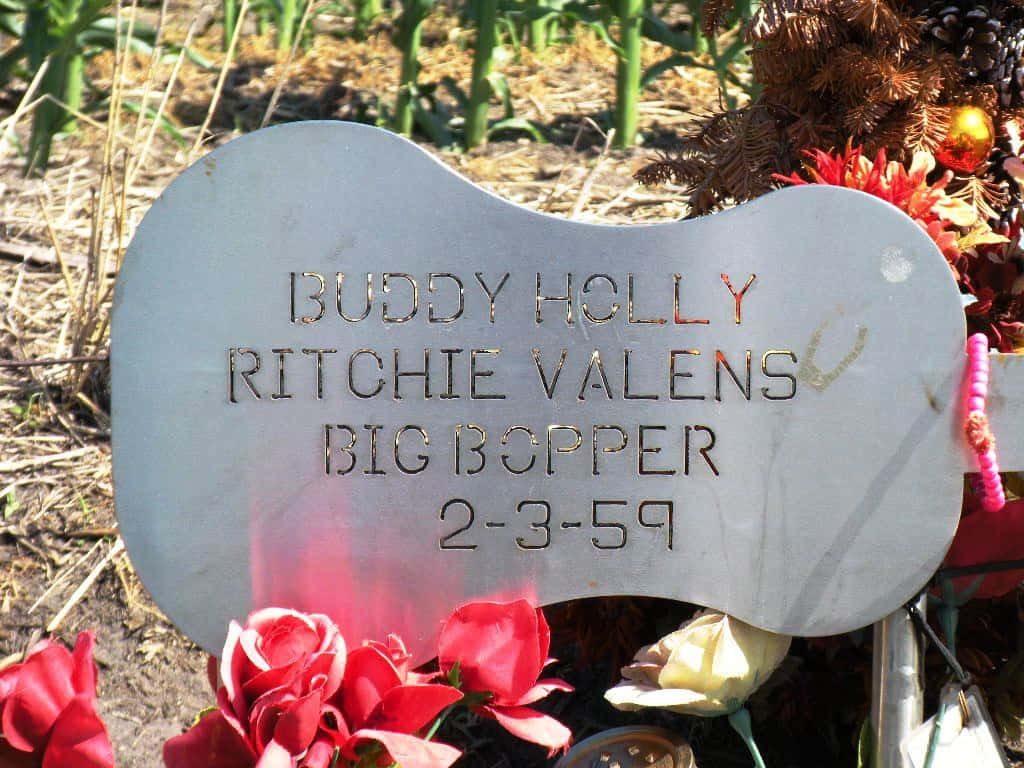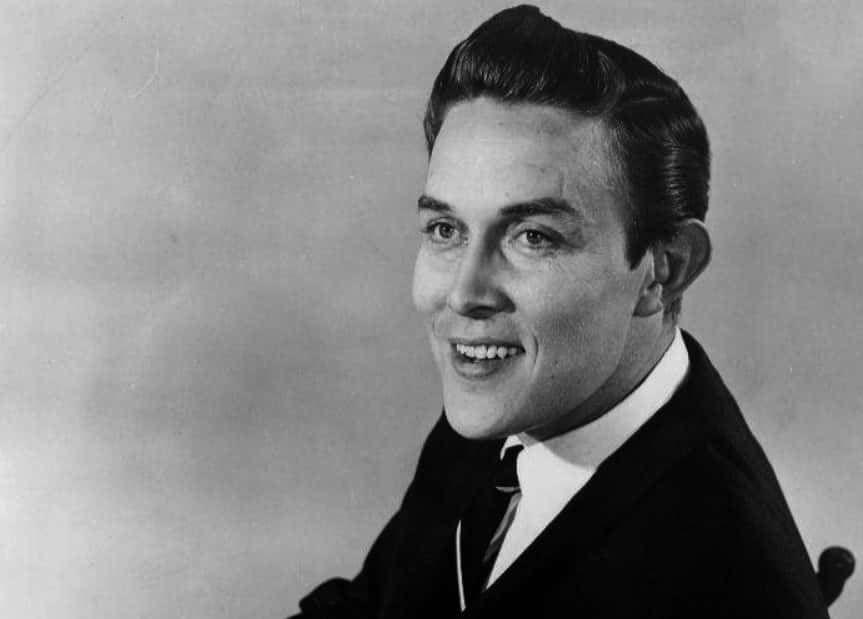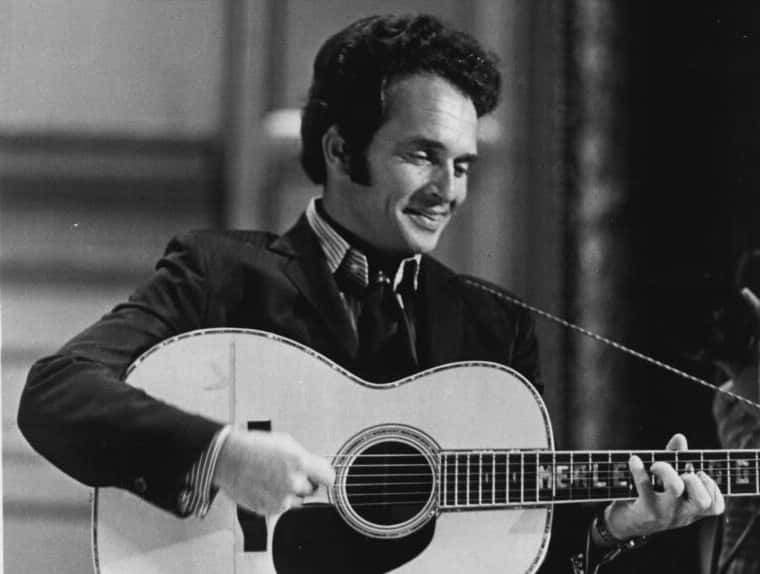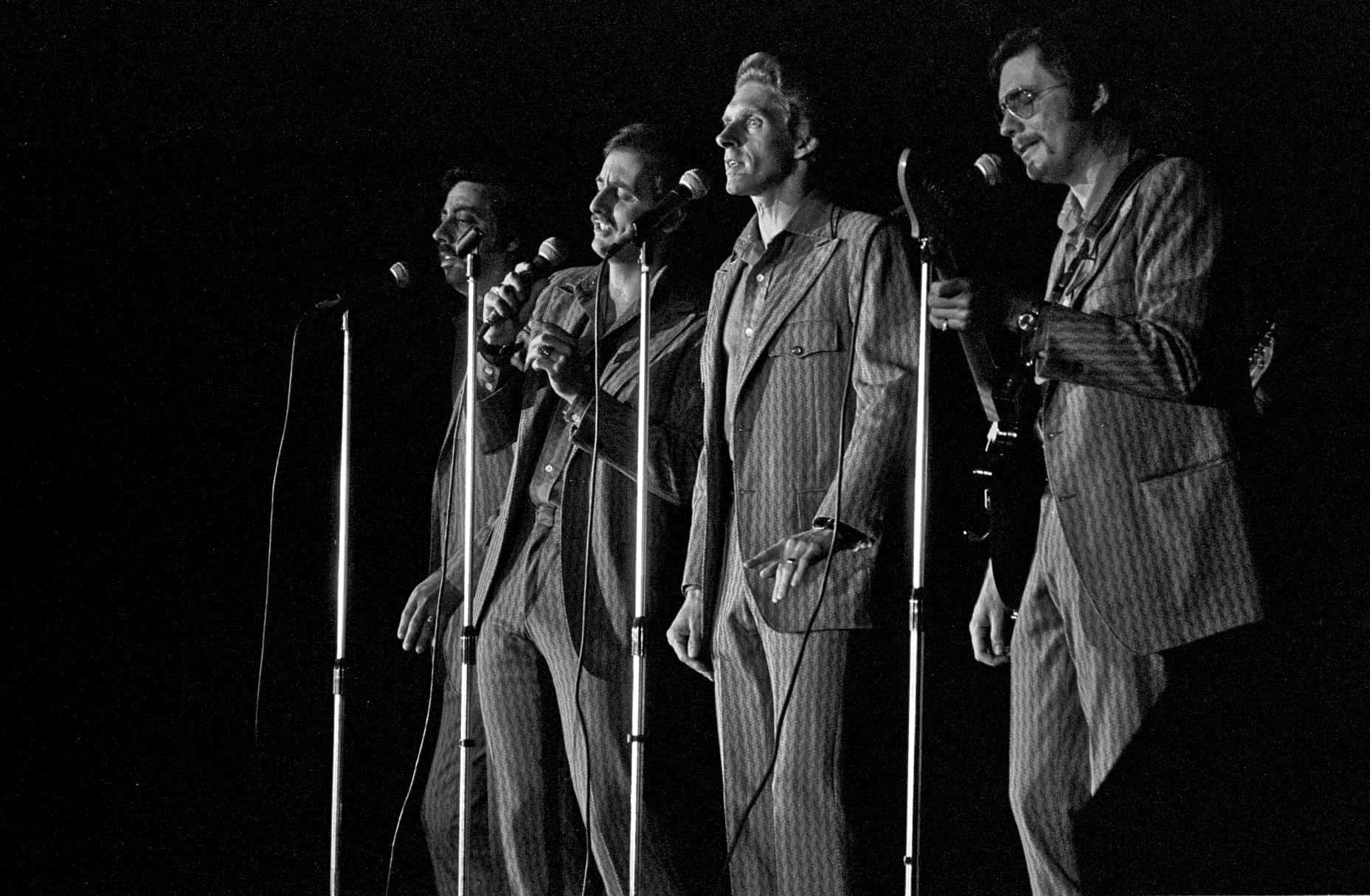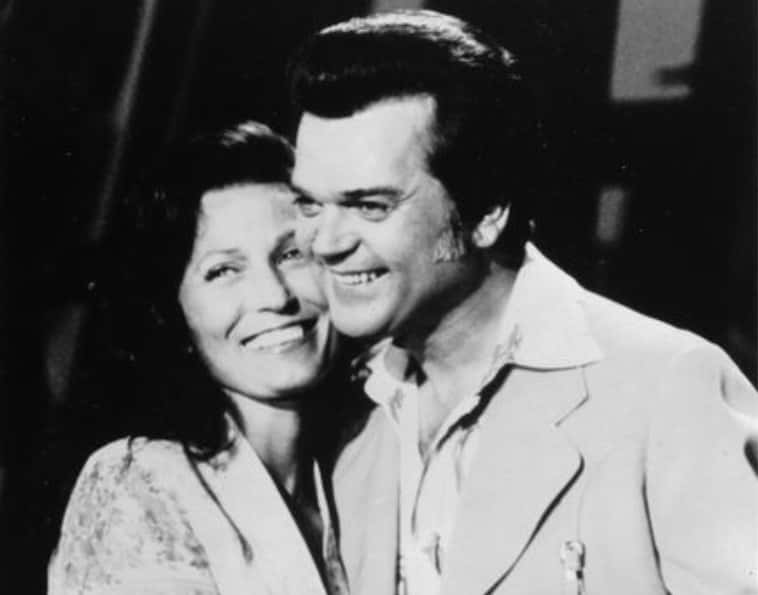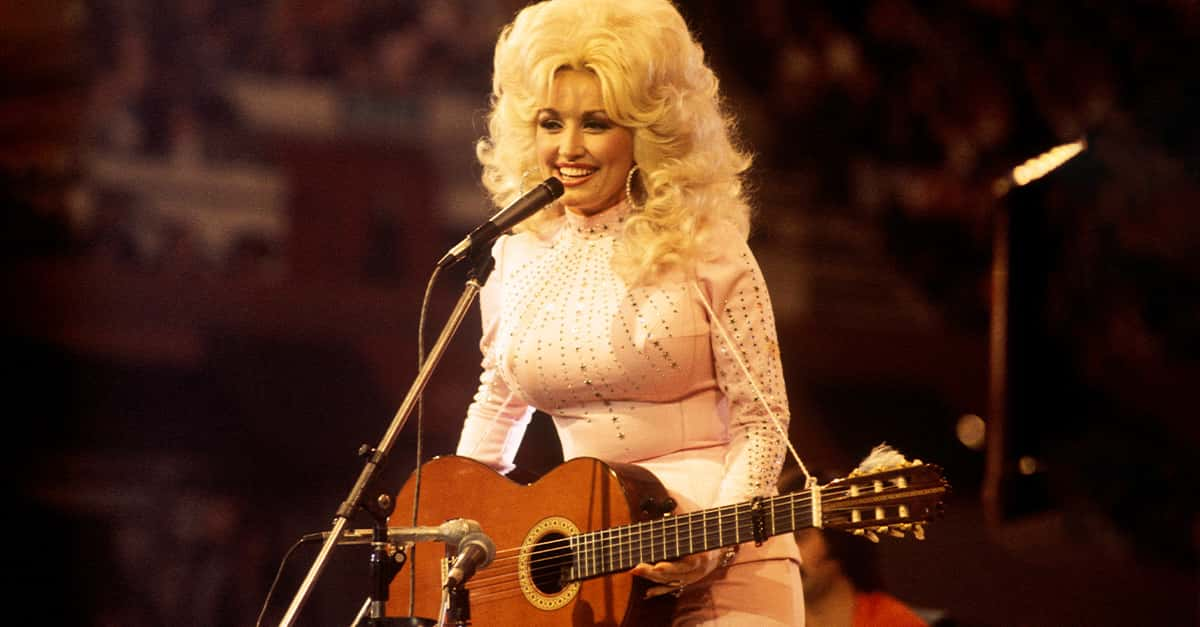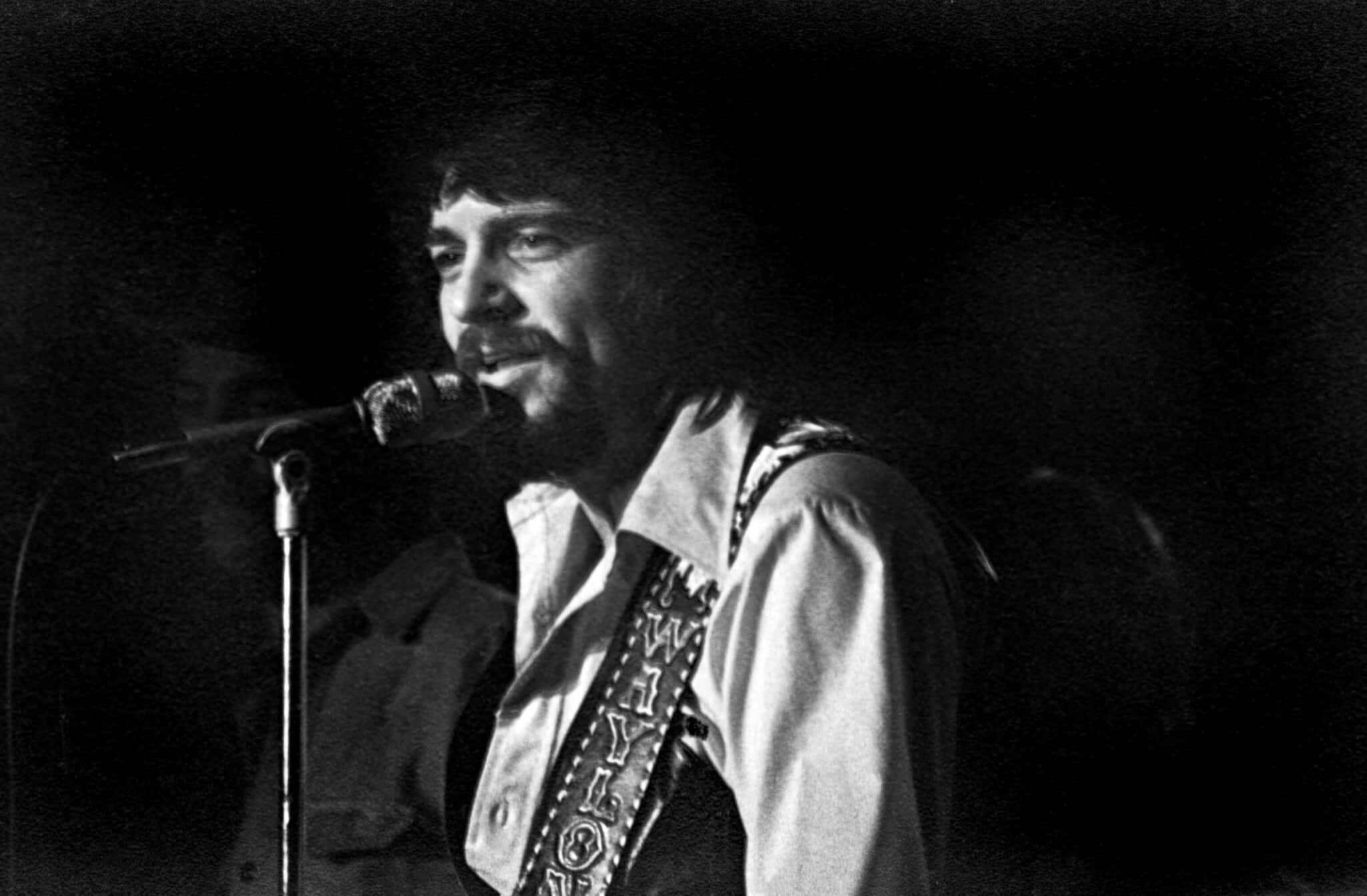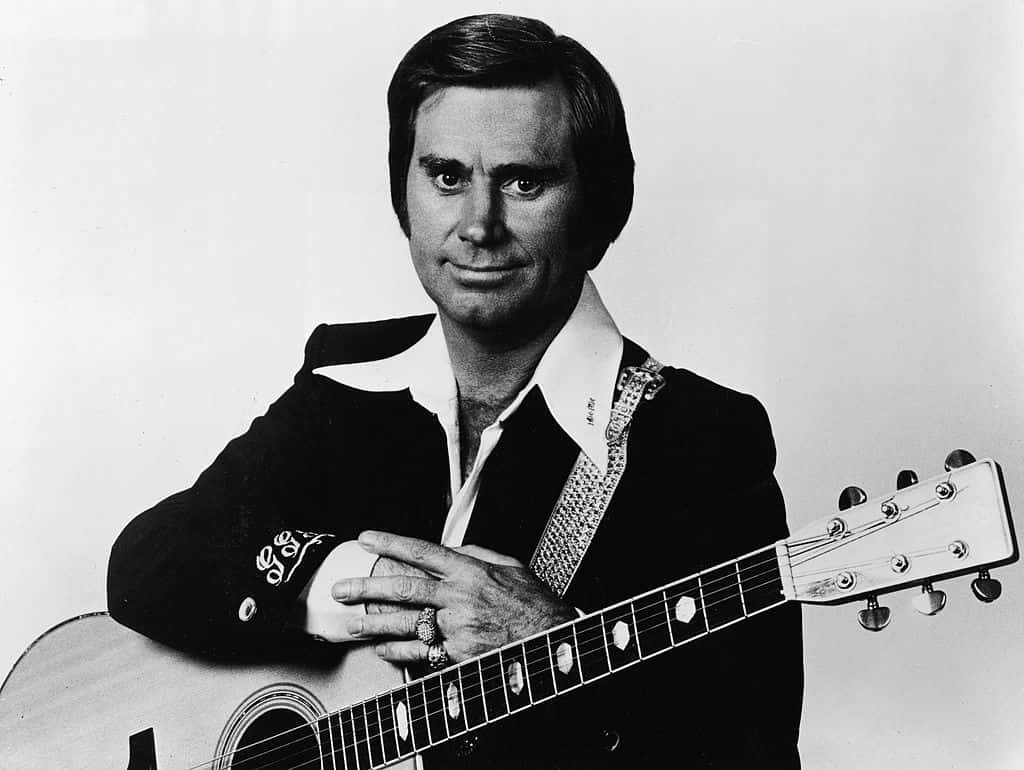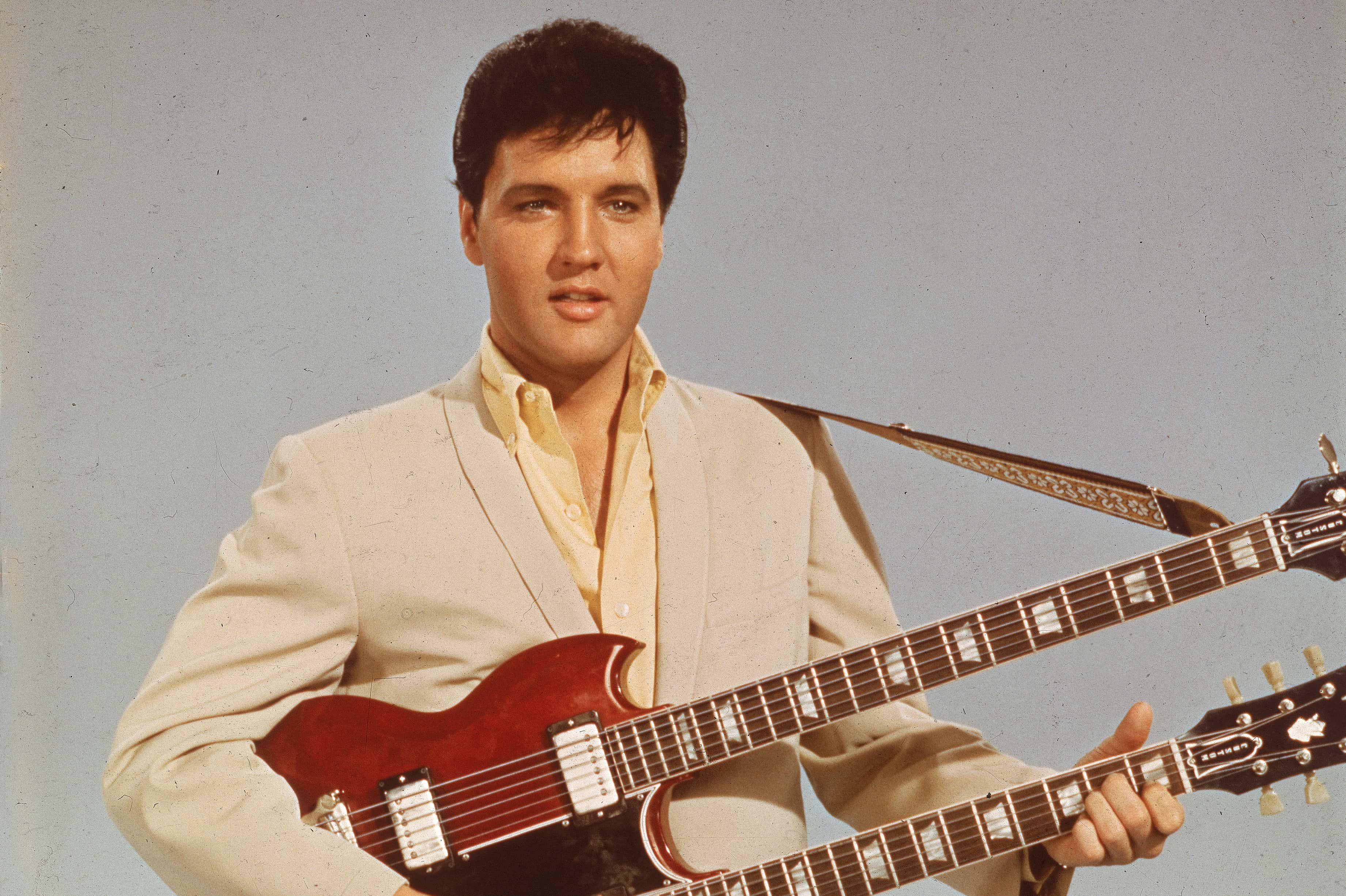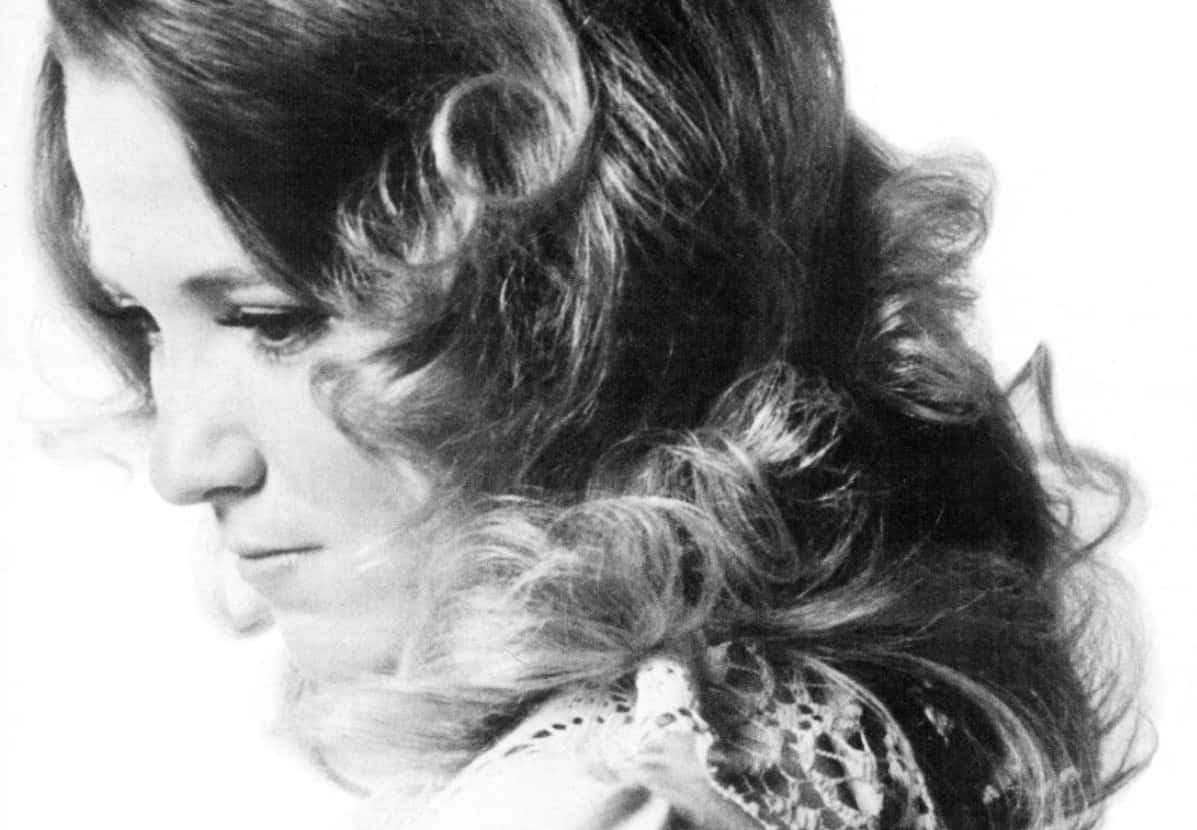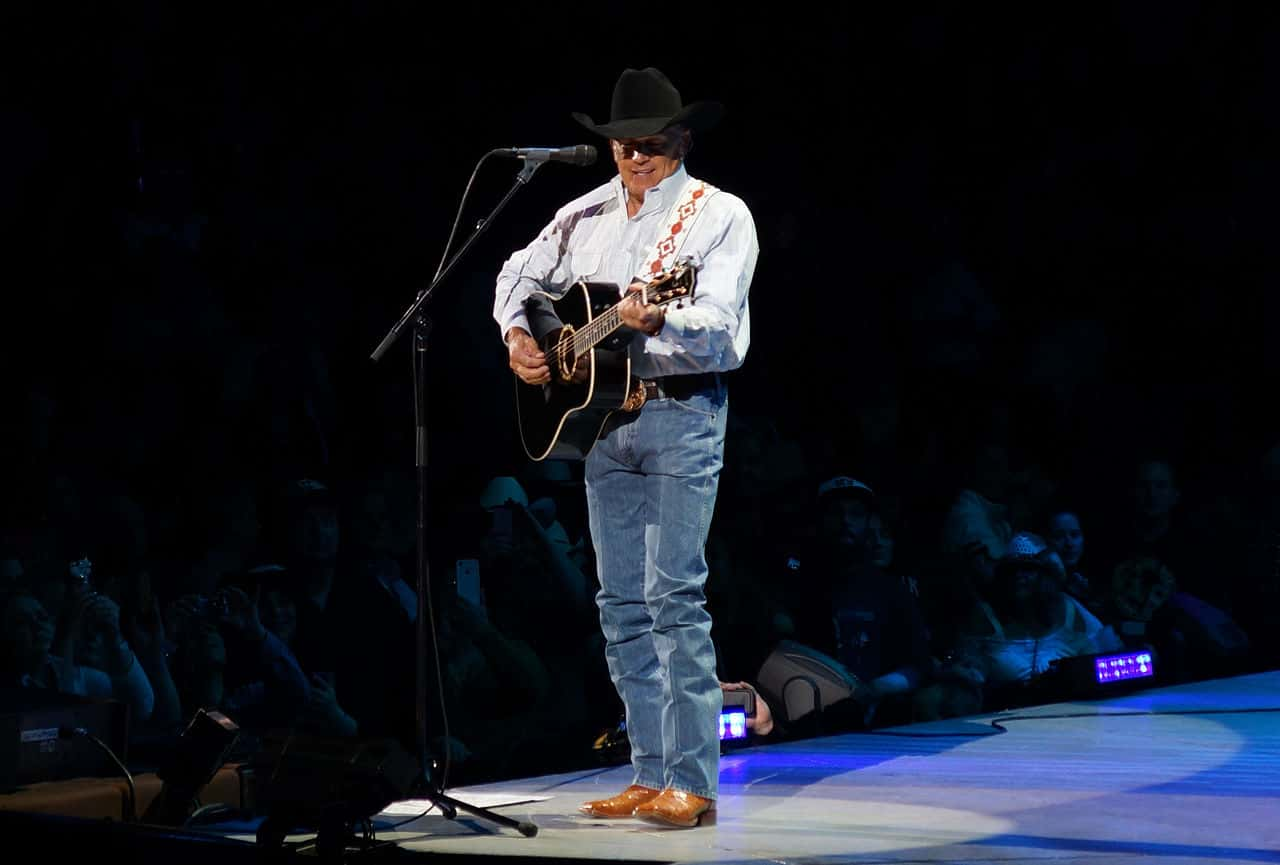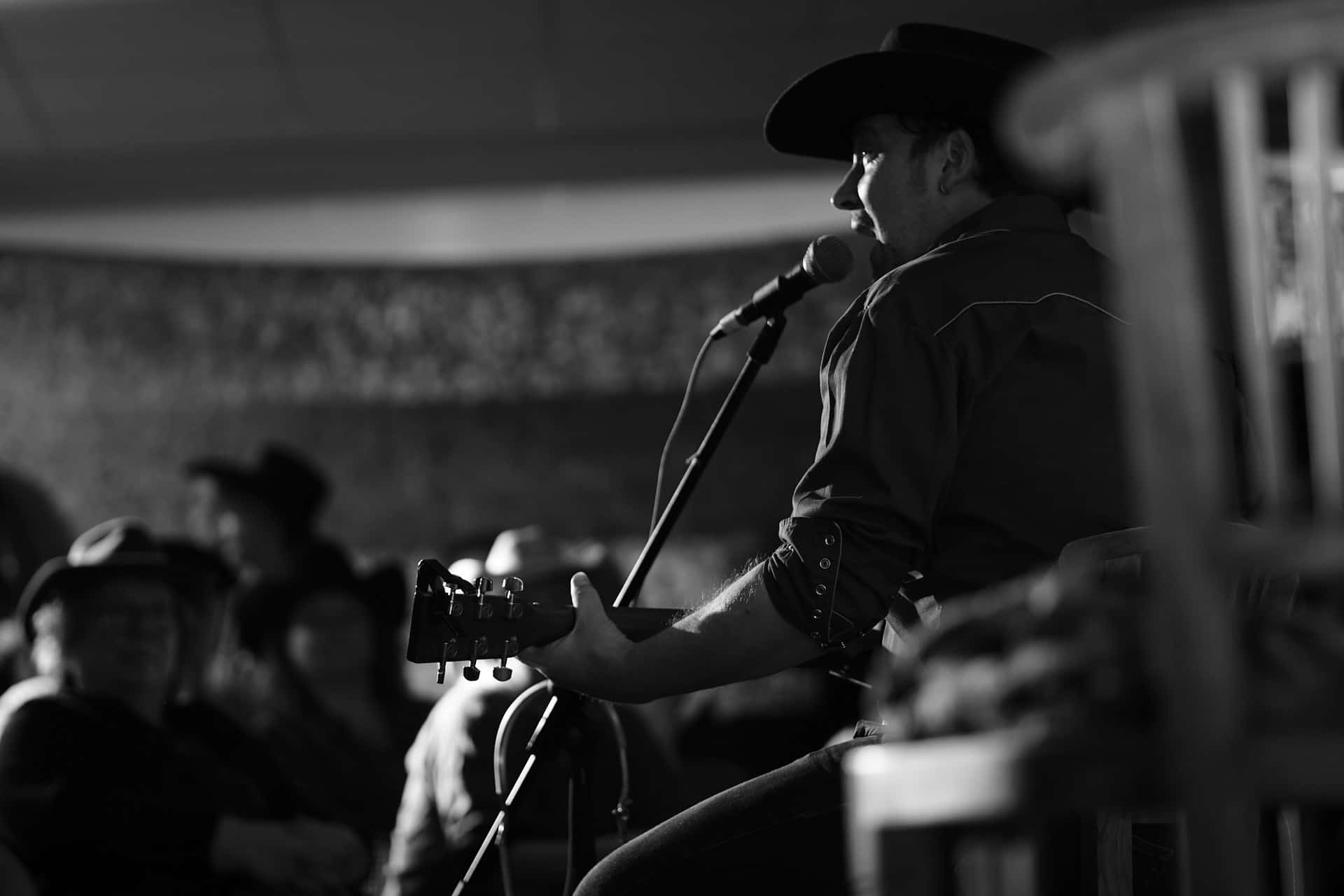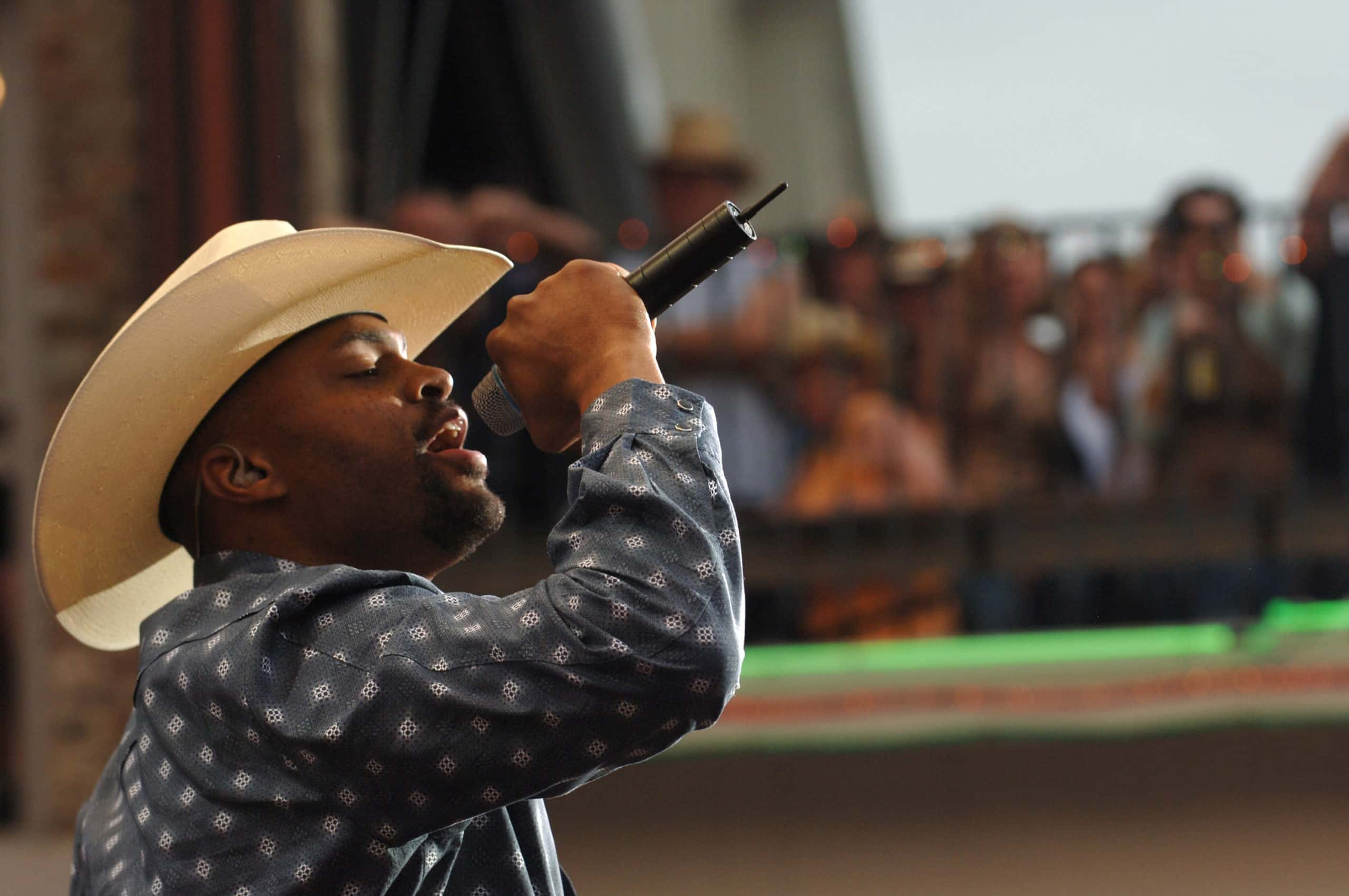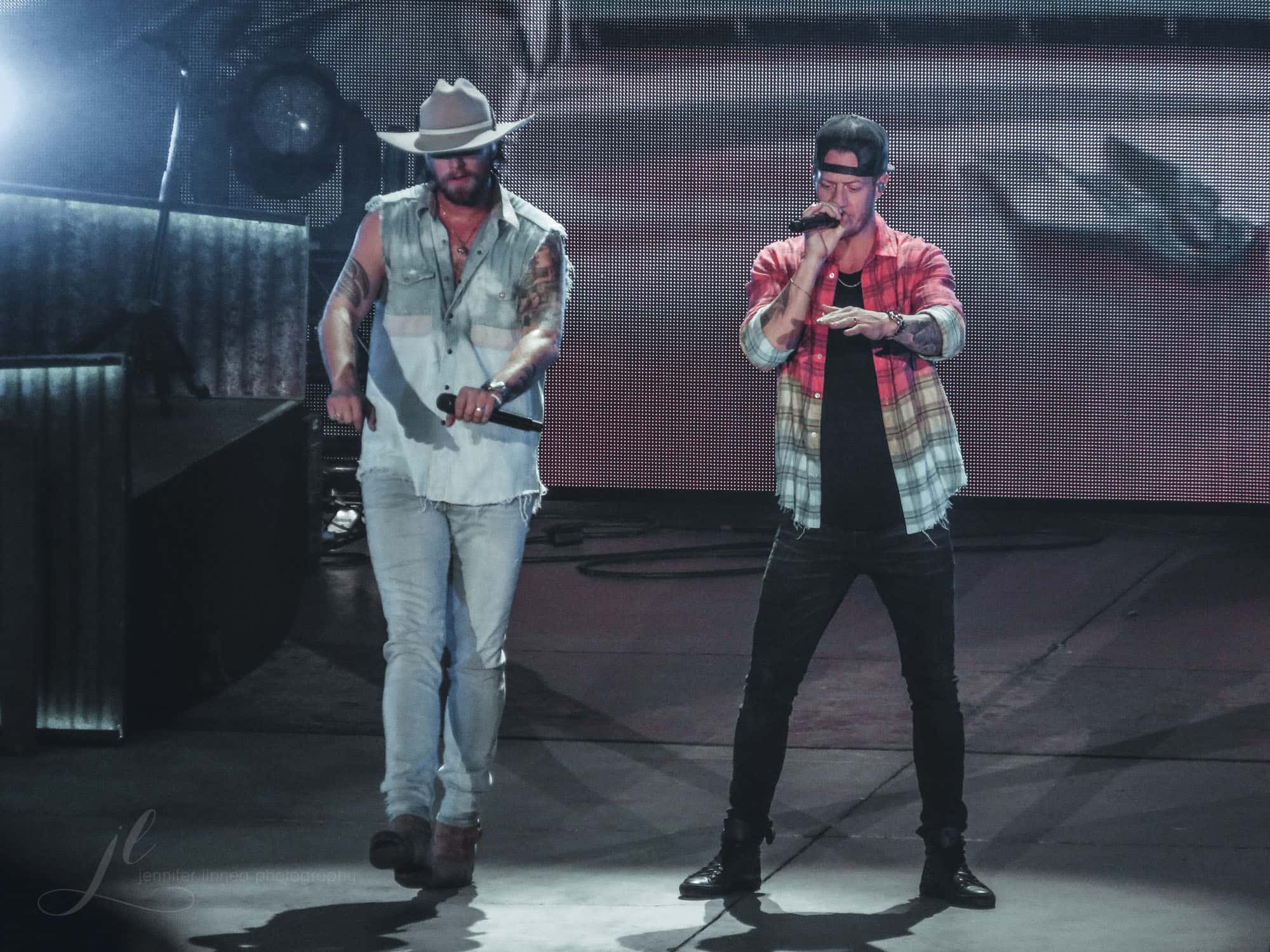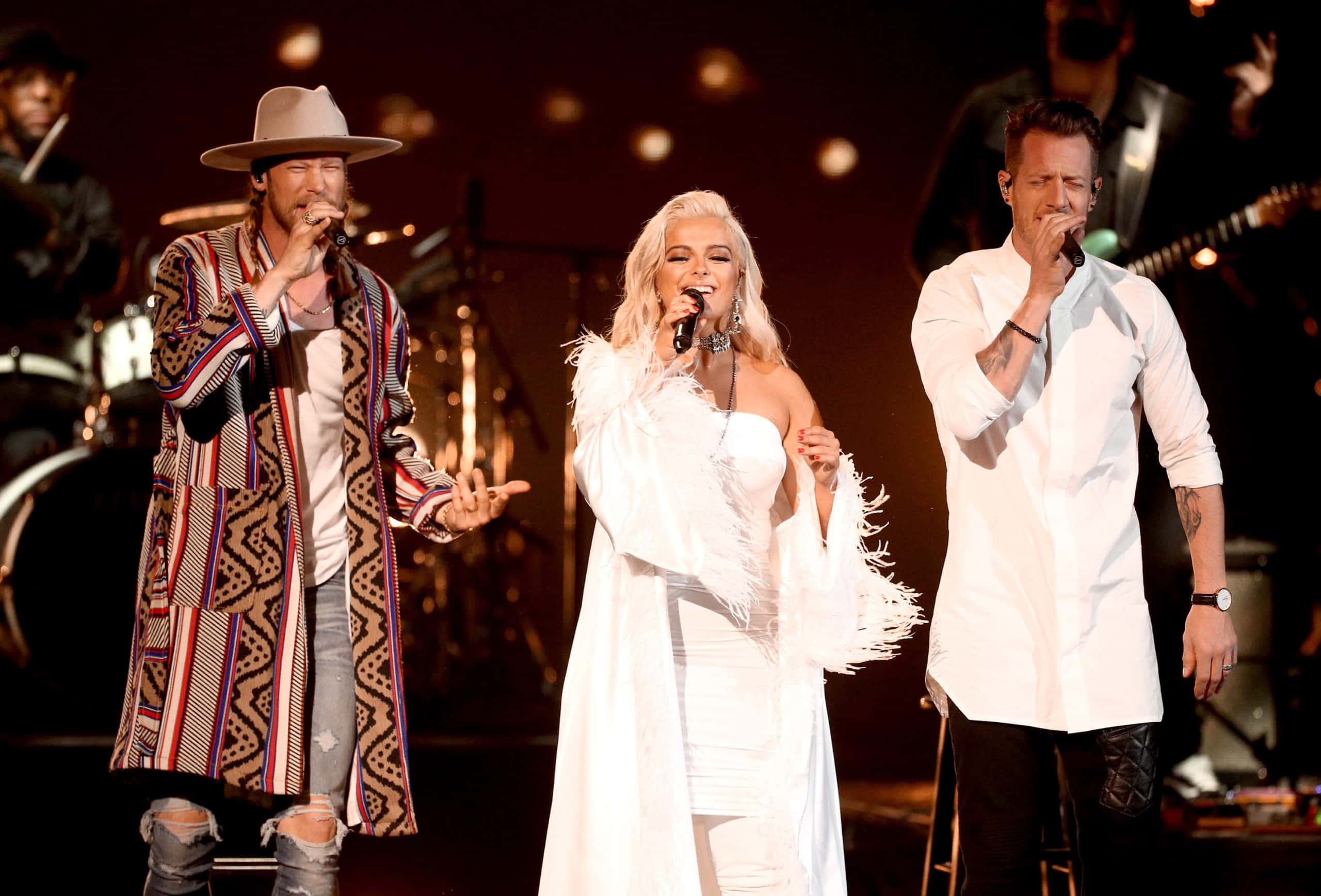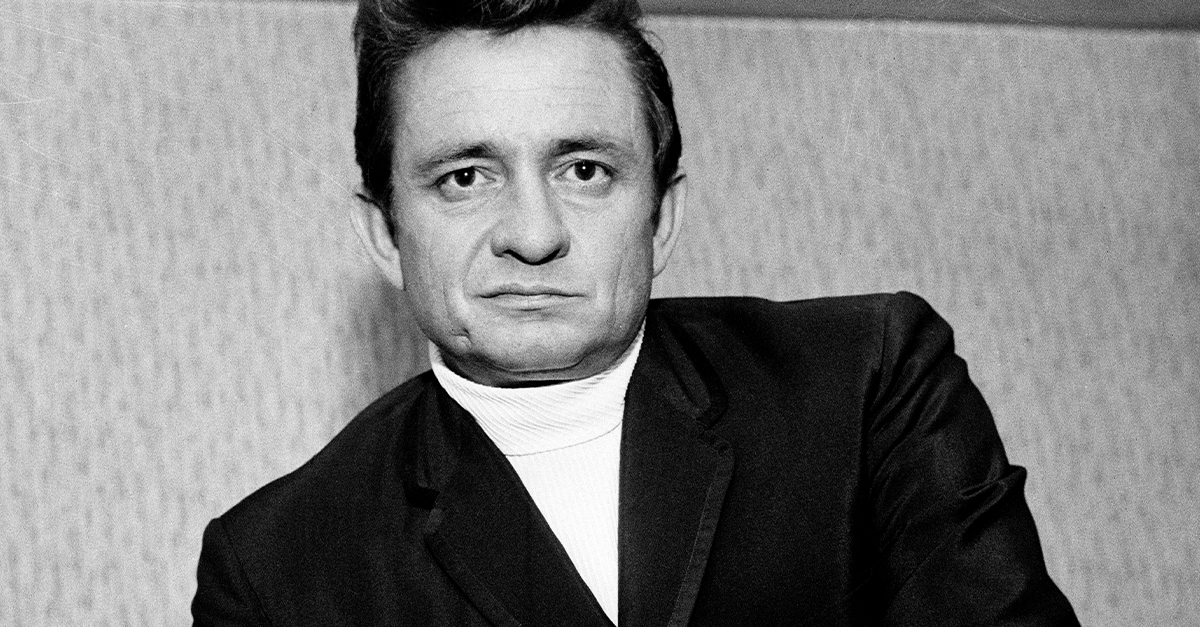“I think country music is popular - has been popular and will always be popular because I think a lot of real people singing about a lot of real stuff about real people. And it's simple enough for people to understand it. And we kind of roll with the punches.”—Dolly Parton.
What happened when the country singer sang his song backward? He got his dog back, his truck back, and his wife back. All kidding aside, country music has been drawing listeners in with its relatable lyrics about the hardships and joys of everyday life since the beginning of the 20th century. And country music’s roots go back even further than that. Now, as a new generation of performers like Carrie Underwood and Luke Bryan pursue mainstream success by blurring the lines between country and pop music, country music is bigger than ever, with fans all around the world. Here are 42 high and lonesome facts about country music.
Country Music Facts
42. The Birth of Country Music
Country music had no birth per se; it arose from the blending of blues, English ballads, Irish fiddle music, cowboy folk songs, and many other earlier genres. Nevertheless, Bristol, Tennessee, is officially recognized as the Birthplace of Country Music. It was here, in 1927, that seminal country figures the Carter Family and Jimmie Rodgers were first recorded.
41. Old 97
Despite the designation of the 1927 Bristol Sessions as the birth of country music, many country historians would argue it was Vernon Dalhart’s rendition of “The Wreck of the Old 97,” recorded in 1924, that was actually the first “country” record. Dalhart—whose real name was the significantly more memorable Marion Try Slaughter—was a trained opera singer, and his version of “The Wreck of the Old 97” sold a staggering 7 million copies.
40. A Whole Hall of Hillbillies
The 1927 Bristol Sessions were staged by Ralph Peer of the Victor Recording Company. Peer posted an open call for any old-time hillbilly singers in the county to participate in the recording session. Other acts recorded that day included the fiddler Blind Alfred Reed, an old-time string band called Stoneman’s Dixie Mountaineers, and singing preacher Ernest Phipps and his Holiness Quartet.
39. Over Before It Starts
Jimmie Rodgers came to the session to record with his band, the Tenneva Ramblers, only to get into a huge fight with his bandmates, who promptly kicked him out. Jimmie Rodgers and the Tenneva Ramblers recorded separately that day, but only Rodgers became a star.
38. Group Effort
Rodgers was paid $100 for his Bristol recordings and invited to record some more songs in New York. One of those songs, “Blue Yodel,” which Rodgers wrote with his sister-in-law, Elsie McWilliams, sold over half a million copies. Rodgers and McWilliams would go on to write 40 more songs together before Rodger’s untimely death from tuberculosis.
37. Satchmo!
Jimmie Rodgers found fame as “The Singing Brakeman,” though in reality, he had only worked a year on the railway. His sudden success put Rodgers in fast company with some of the most popular musicians in America: when recording his song “Blue Yodel #9,” Rodgers was joined on trumpet by no less a name than Louis Armstrong.
36. Chemirocha
Rodgers’ records even made it all the way to Kenya. The Kipsigis tribe first heard his music from British soldiers during World War II, believing Rodgers’ yodeling to be the work of some sort of antelope-human hybrid creature. The Kipsingis wrote a song celebrating this bizarre yodeling monster; it is called “Chemirocha.”
35. A Family Affair
The Carter Family—made up of AP Carter, his wife, Sara, and his sister-in-law, Maybelle—became the first family of country music. Three generations later, members of the Carter family are still recording and performing country music, and the family tree has expanded to include Johnny Cash, Roseanne Cash, Rodney Crowell, and Nick Lowe.
34. Scratching Out A Living
By the end of the 1920s, the Carter Family had sold more than 300,000 records. Their biggest hits, “The Storms Are on the Ocean,” “Poor Orphan Child,” and “Keep On the Sunny Side” among them, were propelled by Maybelle’s signature guitar style. “The Carter Scratch,” as it was known, became the dominant style in country, bluegrass, and rock and roll guitar playing.

History's most fascinating stories and darkest secrets, delivered to your inbox daily.
33. The Human Tape Recorder
AP Carter wrote many of the Carter Family’s songs, but he was also a dogged song-collector. With his friend Lesley Riddle, Carter would travel around the hill country of Virginia and Tennessee gathering old ballads and songs newly-written by local songsters. AP would write down the lyrics, while Riddle acted as a “human tape recorder,” memorizing the melody.
32. Isn’t It Grand
The Grand Ole Opry, America’s longest-running radio broadcast, began in 1925 and moved to the Ryman Auditorium in Nashville, Tennessee, in 1943. Dedicated to country’s old-time roots, the Opry prohibited the use of electric guitars until after WWII, and drums weren’t allowed onstage until 1973. This conservatism extended to artists as well: a young Elvis Presley made his only performance at the Opry in 1954, and was asked politely to not come back.
31. From the White House to the Opry House
The Grand Ole Opry left the Ryman Auditorium in 1974 and set up shop in its very own building, the Grande Ole Opry House. The biggest star that night was embattled US president Richard Nixon, who played “God Bless America” on the piano. In 1999, the Opry began a program where it returns to its roots at the Ryman for three months every winter, an event which still happens annually.
30. Little Big Man
Little Jimmy Dickens, who stood just 4’11” tall, first performed on the Grand Old Opry in 1948 and remained a fixture on the Opry stage for the next 70 years. He made his last performance in 2014, just days before his death at the age of 95.
29. Songs About Trucks
Few people did more to promote country music during those early years than Henry Ford. The industrialist spent much of his own money sponsoring fiddle contests and barn dance. Sadly, Ford’s aims were disingenuous. His main goal wasn’t promoting country music, so much as offering an alternative to the jazz music made mainly by black and Jewish musicians.
28. Reds And Blues
Throughout much of the ‘30s and ‘40s, country music was just considered hillbilly or folk music. However, many folk singers, like Woody Guthrie and Pete Seeger, were vocal leftists; as the Cold War escalated, and McCarthyism set in, the more Southern, twangy breed of folk music was gradually rebranded to “country.”
27. Music City
Since the 1940s, Nashville has been the home of country music. But its status has faced challengers. Throughout the 1920s, Atlanta was considered the nation’s country music hotspot: it was a larger city, with a larger population and a larger commercial infrastructure, including radio stations and recording studios. In the 1950s, Dallas was a serious threat to Nashville, until Jim Beck, producer and owner of the biggest recording studio in Dallas, died from inhalation of hydrochloride, a chemical used in the recording process.
26. The Swing’s the Thing
In the 1930s, an attempt was made to blend country and western music with the extremely popular jazz being played by big swing bands. “Western Swing,” performed by groups like Bill Wills and the Texas Playboys, and Hank Thompson and His Brazos Valley Boys, introduced drums, electric guitars, and lap-steels to country music.
25. Roots Music
In the late 1930s, a group of musicians began experimenting with an extremely fast, virtuosic kind of country and old-time music. The new sound incorporated older Celtic fiddle styles with modern country and jazz, and with a “high and lonesome” vocal sound; the musicians named it “bluegrass,” in honor of their home state of Kentucky.
24. The Father of Bluegrass
The invention of bluegrass music is largely attributed to Bill Monroe and his band, The Bluegrass Boys, who wrote or introduced many bluegrass standards. One of Monroe’s most popular compositions, “Uncle Pen,” is dedicated to his uncle, Pen Vandiver, who taught Monroe how to play the fiddle.
23. Fill in The Blanks
Hank Williams is best remembered as the author of such country standards as “Jambalaya,” “I’m So Lonesome, I Could Cry,” and “Hey Good Lookin’,” but in truth, Williams didn’t write most of his songs himself. Williams would provide a brief outline and a couple of phrases to his publisher, Fred Rose, and Rose would then complete the songs. Luckily, Williams had the warblin’ vocal cords to back it up. Williams did end up writing one of his greatest hits, "Your Cheatin' Heart," which he recorded in September 1952. At that point, he had been asked not to appear at the Grand Ole Opry after one too many disastrous (drunk) performances, and Rose had decided to stop working with Williams due to his issues with alcohol. Williams died while on the way to a show in December 1952, and "Your Cheatin' Heart" would be released in January 1953, and it became an instant success.
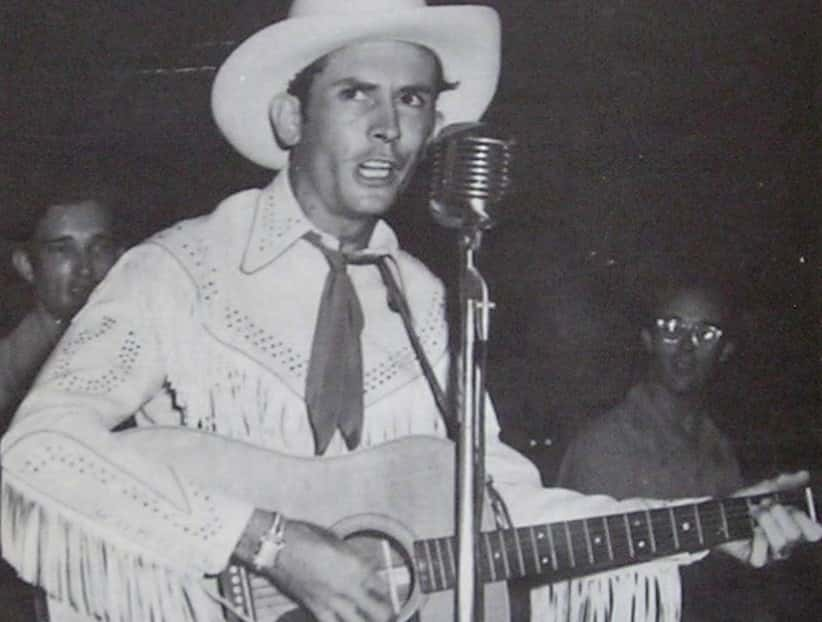 Wikimedia Commons
Wikimedia Commons
22. The Drifter
Williams recorded a number of gospel songs and preaching monologues under the name “Luke the Drifter.” Although the pseudonym was meant to distinguish Williams’ gospel recordings from his more popular country music, Williams insisted on performing his “Luke the Drifter” songs live during his usual concerts.
21. A Hank, by Another Other Name
Much like the Carter family, the Williams family became a multi-generational country music institution. Hank Williams’ son and grandson, Hank Jr. and Hank III, respectively, have both become top-selling country acts. While all three have used the stage name “Hank Williams,” none of them are actually named “Hank.” Hank Williams’ real name was Hiram; his son was named Randall Hank Williams, and his grandson Shelton Hank Williams. Branding is branding, I guess!
20. She’s Got A Type
At the time of his death, Williams was married to fellow singer Billie Jean Jones, whom he met through her then-boyfriend, singer Faron Young. A year later, Billie Jean married another country star, Johnny Horton. After Horton’s death in 1959, Billie Jean briefly dated Johnny Cash.
19. Pedal to the Metal
Webb Pierce’s 1956 hit “Slowly” was the first country song to use the distinctive sound of a pedal steel guitar. The pedal steel went on to become one of the defining instruments of country music. Previous country musicians achieved a similar effect using lap-steel guitars, which they had adopted in the 1930s during a Hawaiian music craze.
18. The Day the Country Music Died
The song “American Pie” is about the Day the Music Died, when Buddy Holly, Ritchie Valens, and the Big Bopper all perished in a plane crash. The country world suffered its own tragic version of the Day the Music Died in 1963, when a plane carrying Patsy Cline, Hawkshaw Hawkins, and Cowboy Copas crashed in Camden, Tennessee.
17. Frank Fact
Jimmy Dean translated the success of his 1963 hit “Big Bad John” into a television program, and then into an $80 million sausage company. Fellow ‘one hit wonder’ artists should take notes.
16. Live in San Quentin
Merle Haggard is one of the most successful country artists of all time, and his persona as a hard-living but fundamentally decent working man helped set the tone of country music in the ‘60s and ‘70s. Like many country artists, Haggard was inspired by Johnny Cash’s concerts at San Quentin. There was one difference, however: Haggard had actually witnessed the concert firsthand as an inmate at San Quentin.
15. Oh Brother
The singing group the Statler Brothers are best known for their hit song “Counting Flowers on the Wall.” Only two of the members are brothers, and none are named Statler. They changed their name from “The Kingsmen” to avoid being confused with the group that sang “Louie, Louie.”
14. Power Couple
Loretta Lynn and Conway Twitty had both been solo successes for nearly a decade when they teamed up in 1971 to record “After The Fire Is Gone.” The song earned the duo a Grammy Award for Best Country Vocal Performance by a Duo or Group, spurring them to continue the act. From 1972 to 1975, Loretta Lynn and Conway Twitty won the Country Music Association Award for top vocal duo every single year.
13. Saying No to the King
In 1974, Elvis Presley approached Dolly Parton; he wanted to record one of her songs, which would have been great news for Parton, except he also wanted half the publishing rights—one of the major ways that artists who write their own songs make money. Parton did what few others had before: she turned down the King. Later, the same song, “I Will Always Love You,” became a massive hit for Whitney Houston. Houston’s version alone has allegedly netted Parton millions of dollars.
12. Just a Good Old Boy
The gravelly voice and folksy pronouncements of outlaw country star Waylon Jennings will be known to non-country fans as “The Balladeer,” the narrator of the iconic The Dukes of Hazzard TV show which ran from 1979 to 1985.
11. Play It Again!
George Jones’ recording of “He Stopped Loving Her Today” was so popular, it won the Country Music Association’s Song of the Year in 1980 and 1981. The song re-entered the country music charts in 2013, after Jones’ death.
10. Smooth Landing
In his early life, Kris Kristofferson went from Rhodes Scholar to Army captain to music studio janitor. Eager to kick-start his career as a country music songwriter, Kristofferson borrowed a helicopter from one of his odd jobs, landed on Johnny Cash’s lawn, and hand-delivered his demo to the Man in Black himself. One of the songs on that demo, “Sunday Morning Coming Down,” became a massive hit for Cash, and won Kristofferson Songwriter of the Year at the CMAs.
9. The King of Talk and Roll
In 1974, Elvis Presley released an album called Having Fun with Elvis On Stage, a full-length LP of his stage banter. While Elvis’s rocker fans weren’t particularly moved by the album, Having Fun with Elvis on Stage managed to somehow crack the top ten on the country charts.
8. Child Star
Tanya Tucker was just 13 years old when she recorded “Delta Dawn,” the song that launched her career. Her record company tried to keep her age hidden from the media, but it soon leaked out, which only drew more publicity for the young singer.
7. Man, I Feel Like Platinum
Shania Twain’s 1997 album Come On Over went platinum 20 times. It is not just the best-selling country album of all time, spending almost three years in the top ten of the country album charts, but also the bestselling album by a female solo act ever. J. Cole may have gone platinum with no features, but did he do it 20 times over like Shania?
6. Which Country?
Country music is now a global phenomenon, with Nashville’s biggest stars touring all around the world. And singers around the world are learning to make country music, too. Take the Indian country singer Bal Kishore Das Loiwal—professionally known as Bobby Cash. His 2006 record, State of My Heart, didn’t cause much of a stir stateside, but it was a top 10 hit in Australia.
5. Strait To The Top
From 1982 to 2009, George Strait had 60 #1 hits, more than any artist of any genre.
4. Sad Study
Country music is famously about hardship and heartache. But can the “tear in my beer” mentality of country music be dangerous? One 1992 study showed a correlation between the market share of country music in certain cities and suicide rates among white individuals. Correlation is not causation, of course, but if you’re feeling blue, it might be time to listen to something more upbeat.
3. Hick Hop
Country and rap may seem like opposite ends of the musical spectrum, but country music’s continued push towards the mainstream made it inevitable that the two would somehow blend together. “Hick Hop” performers like Cowboy Troy and Colt Ford rap about girls, fishing, and pickup trucks over countrified beats.
2. Cruisin’ Along
“Cruise” by Florida Georgia Line hit #1 on Billboard’s country charts in 2012, and stayed there for 24 straight weeks, making it the longest-lasting #1 in country music history. The previous record holder was Eddy Arnold, whose “I’ll Hold You In My Heart (Til I Can Hold You In My Arms)” hit #1 all the way back in 1947.
1. The War For #1
Since “Cruise” ended its reign, two more songs have broken the record. Sam Hunt’s “Body Like a Backroad” lasted a whopping 34 weeks at the top of the charts in 2017. Not to be outdone, Florida Georgia Line enlisted the help of Bebe Rexha to reclaim their title: their song “Meant to Be” knocked “Body Like A Backroad” out of the #1 spot, and has stayed there for 24 weeks so far. That beats the personal best they set with “Cruise,” but can they reclaim the official record from Sam Hunt? We’ll have to wait and see…
Sources: 1, 2, 3, 4, 5, 6, 7, 8, 9, 10, 11, 12, 13, 14, 15, 16, 17, 18, 19, 20, 21, 22, 23, 24, 25, 26, 27, 28, 29, 30, 31, 32, 33, 34, 35, 36, 37, 38, 39

